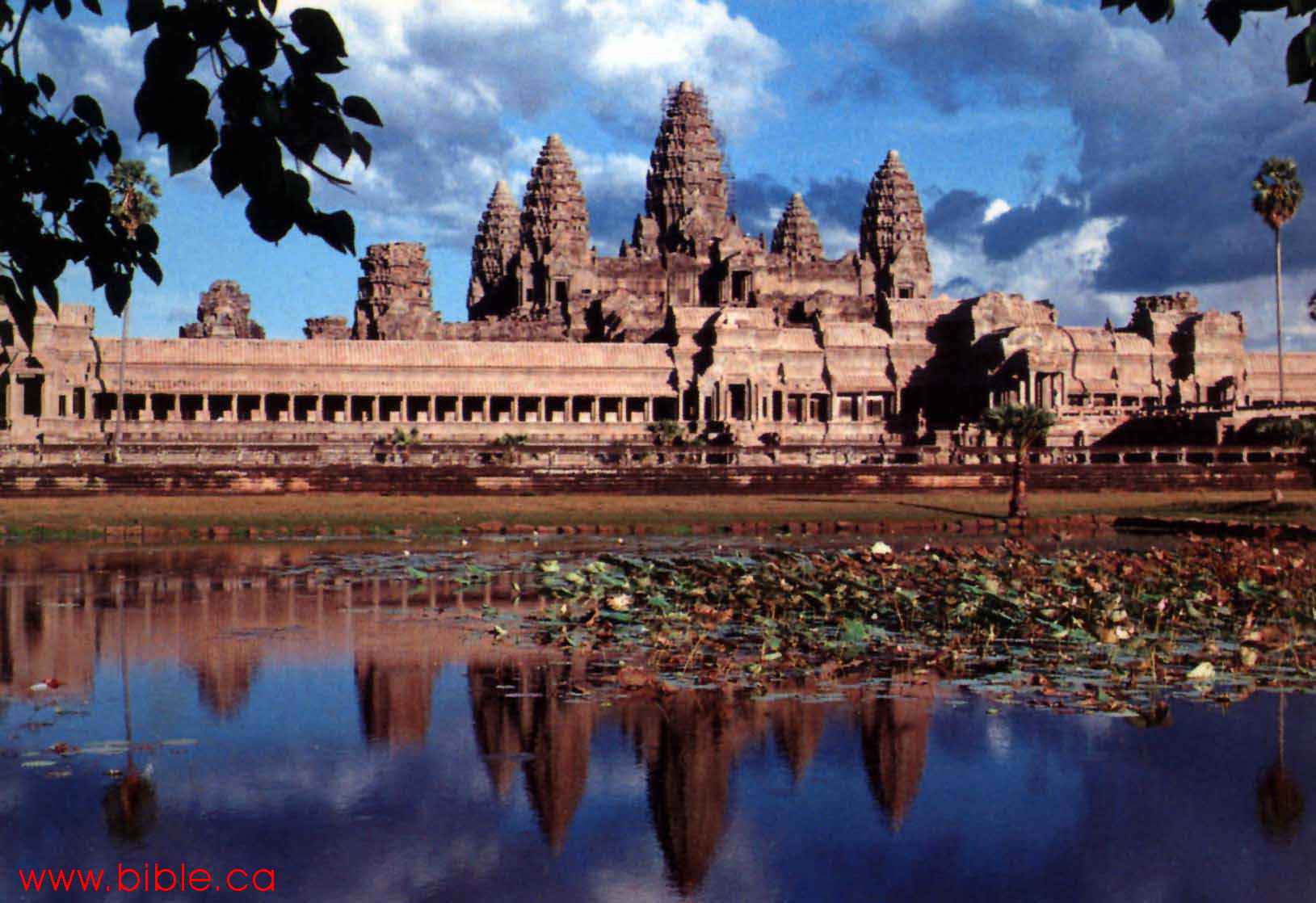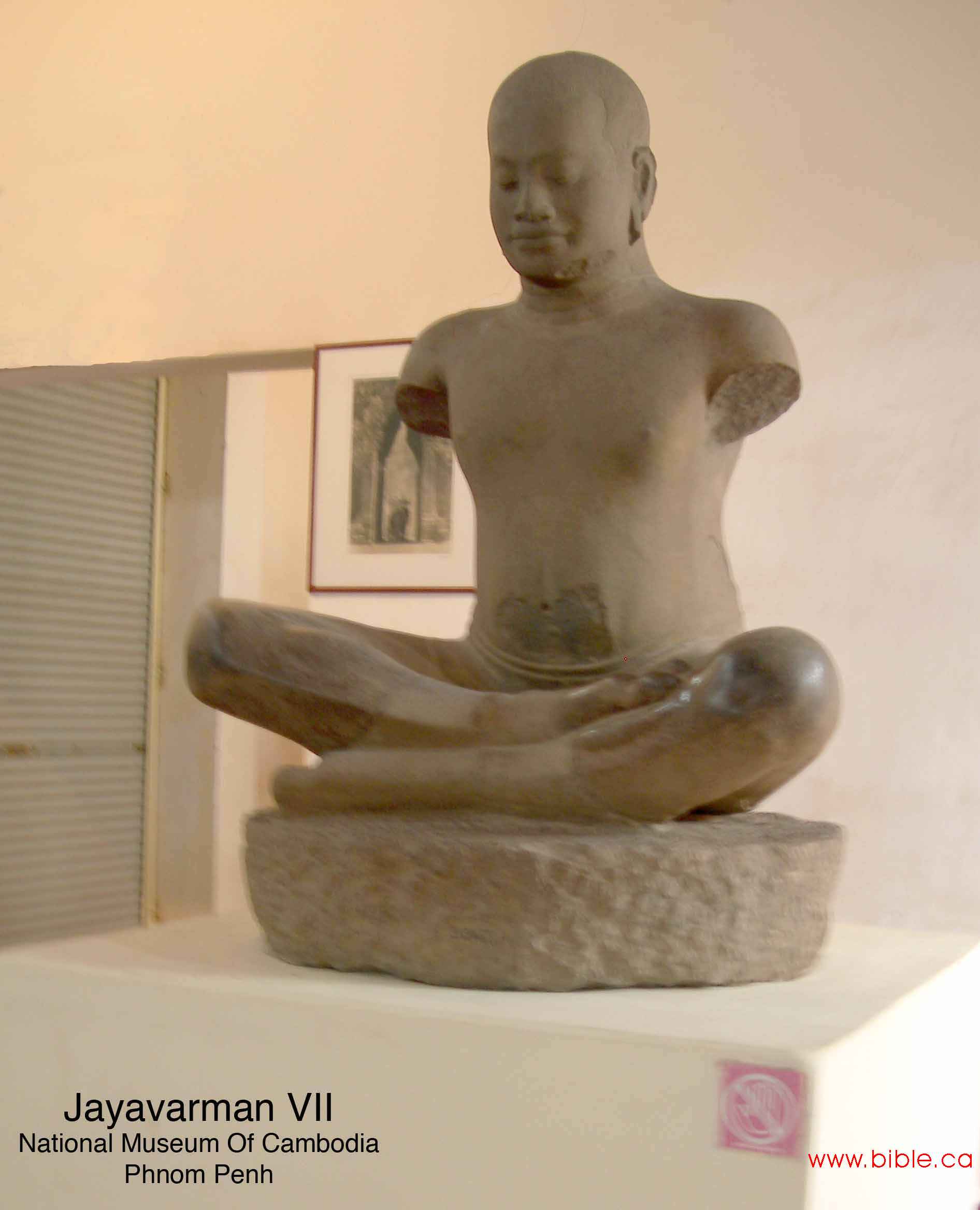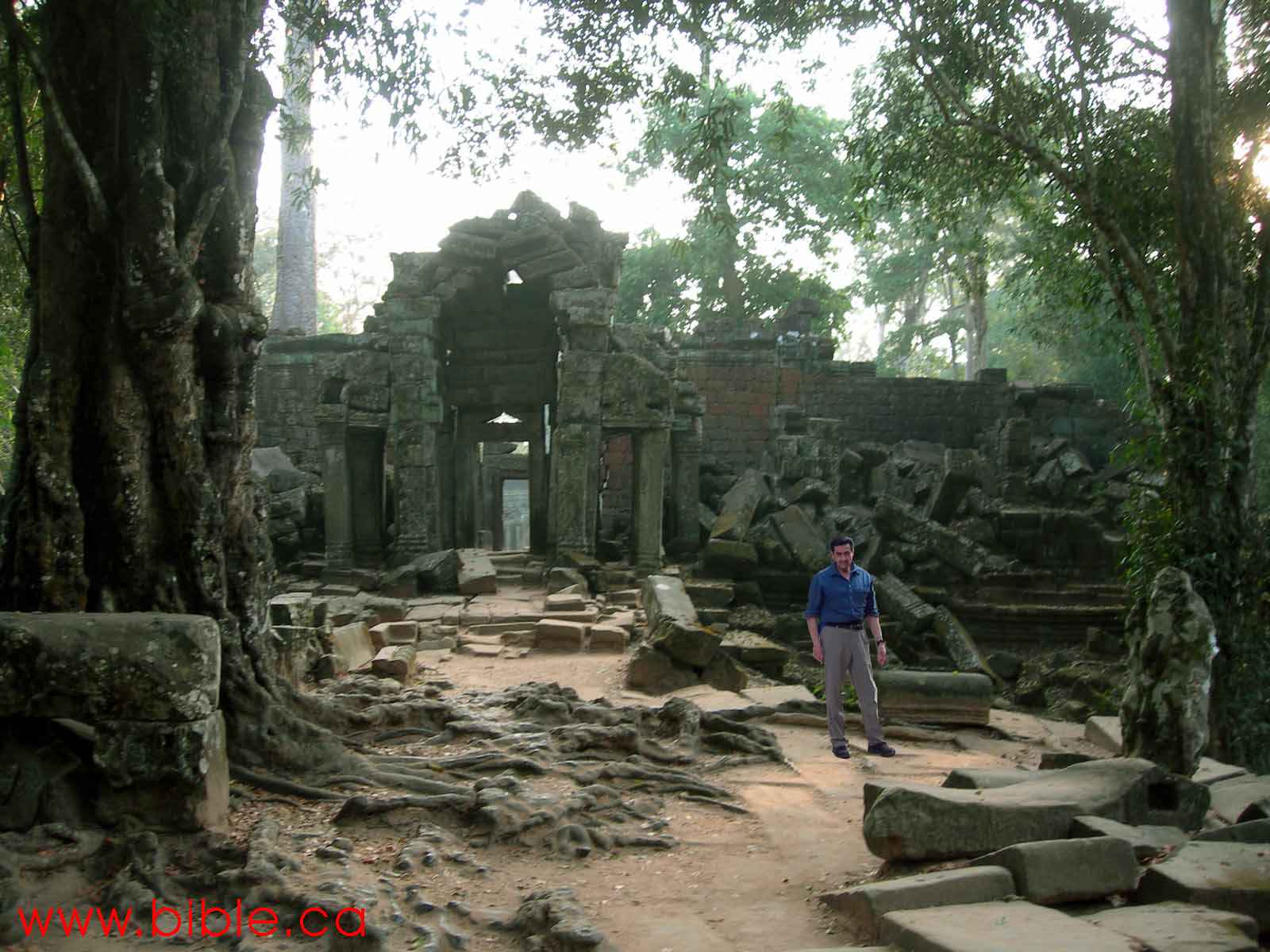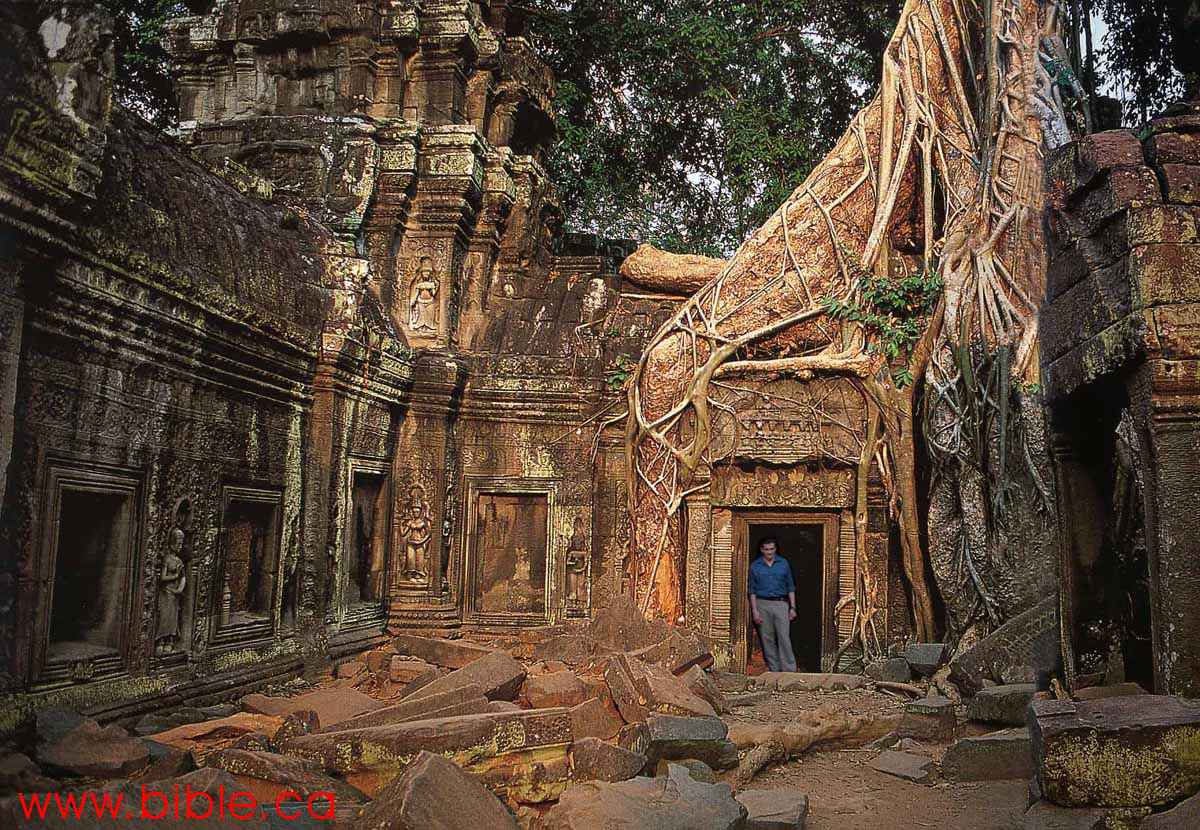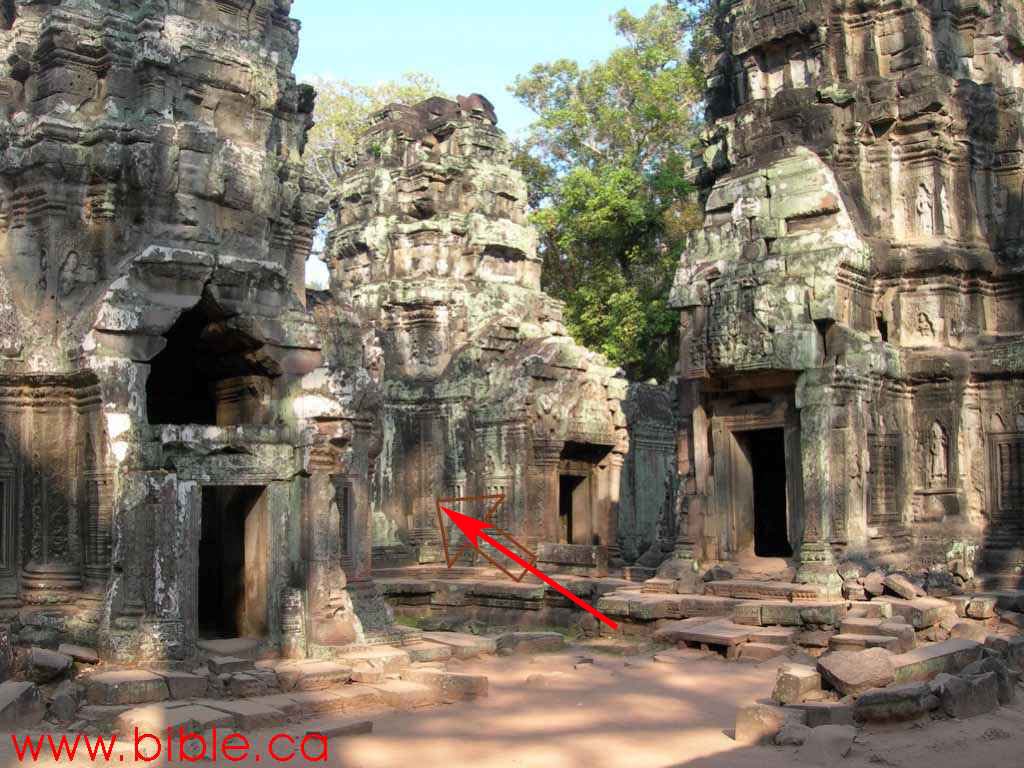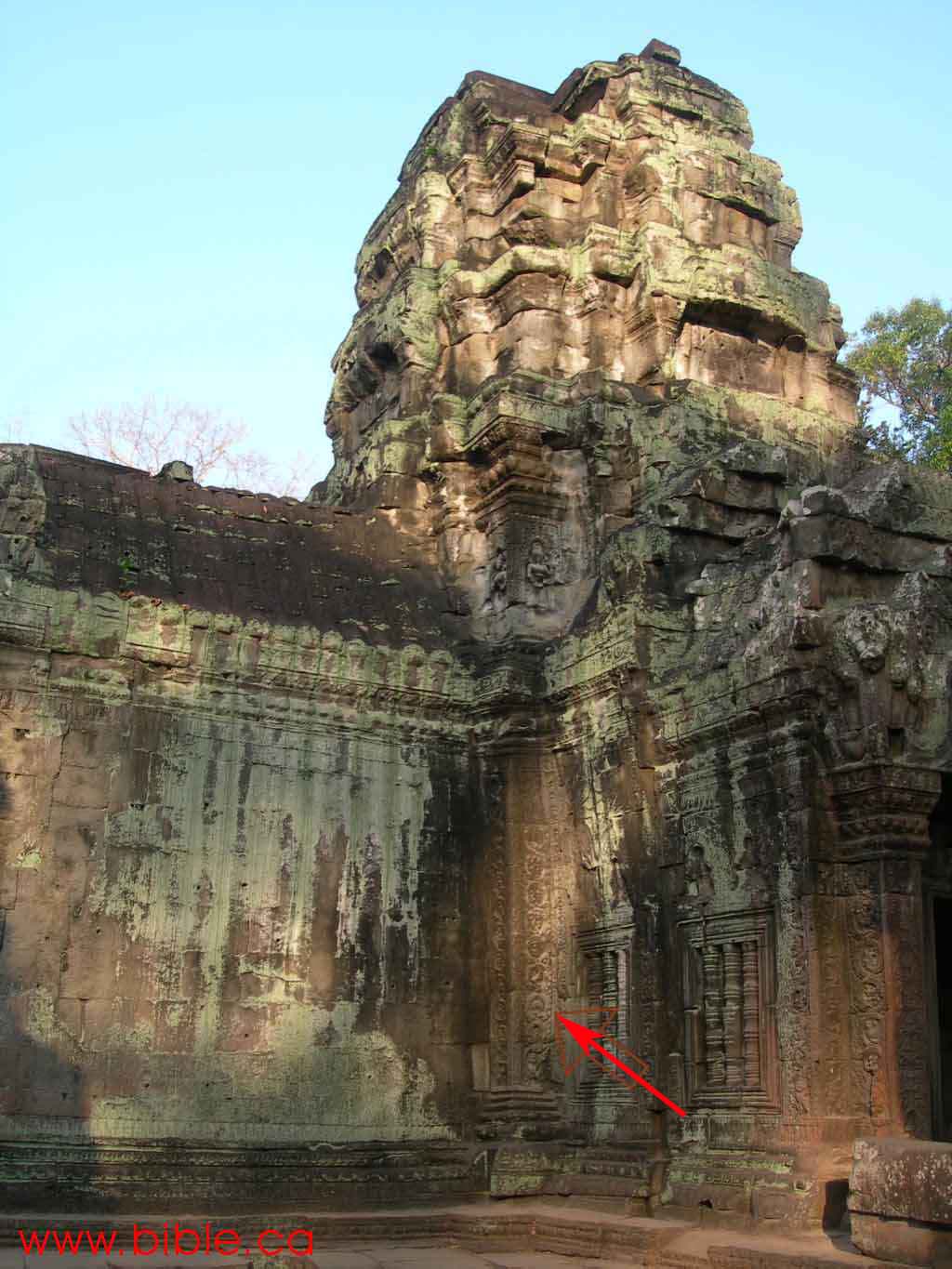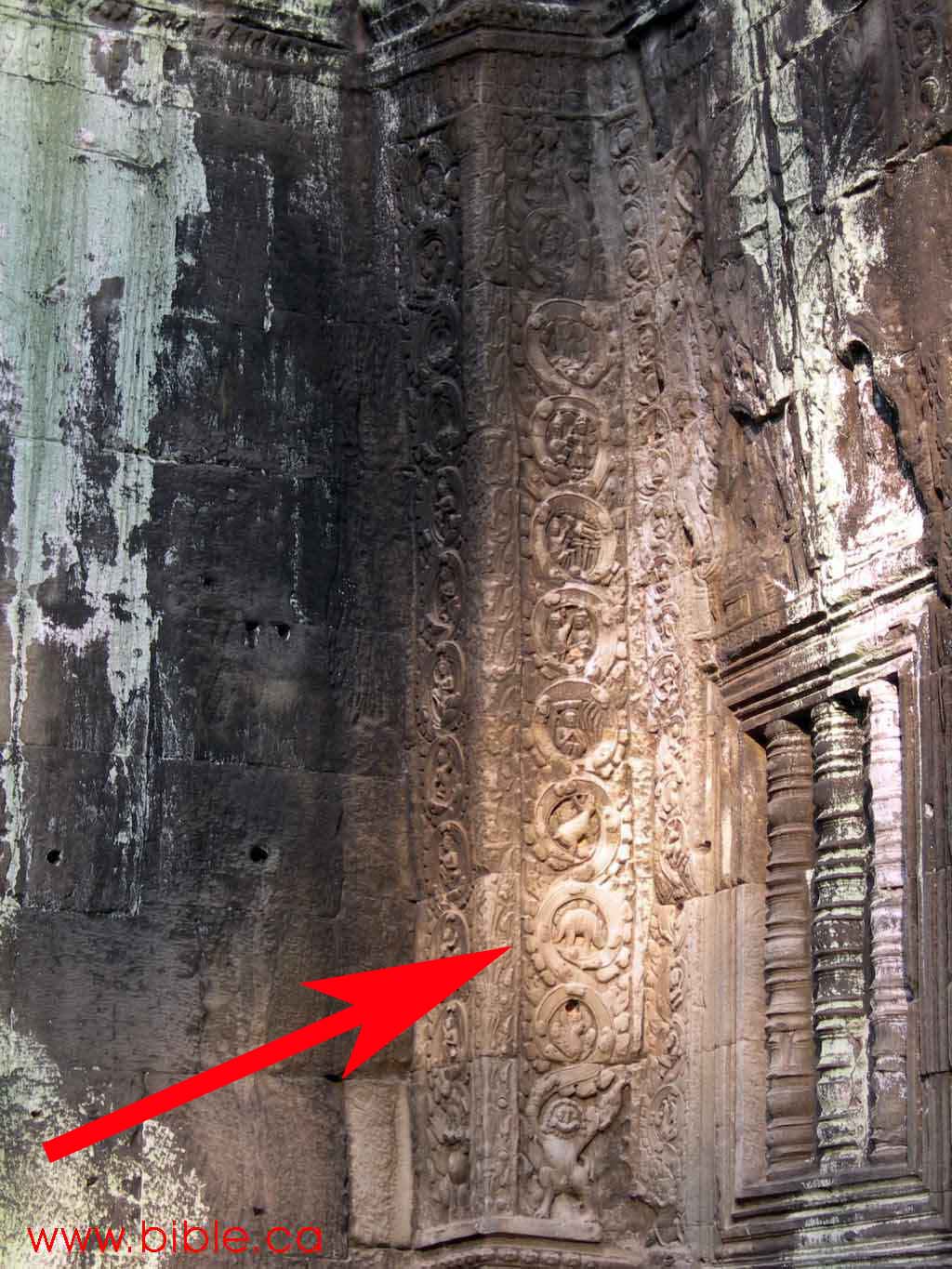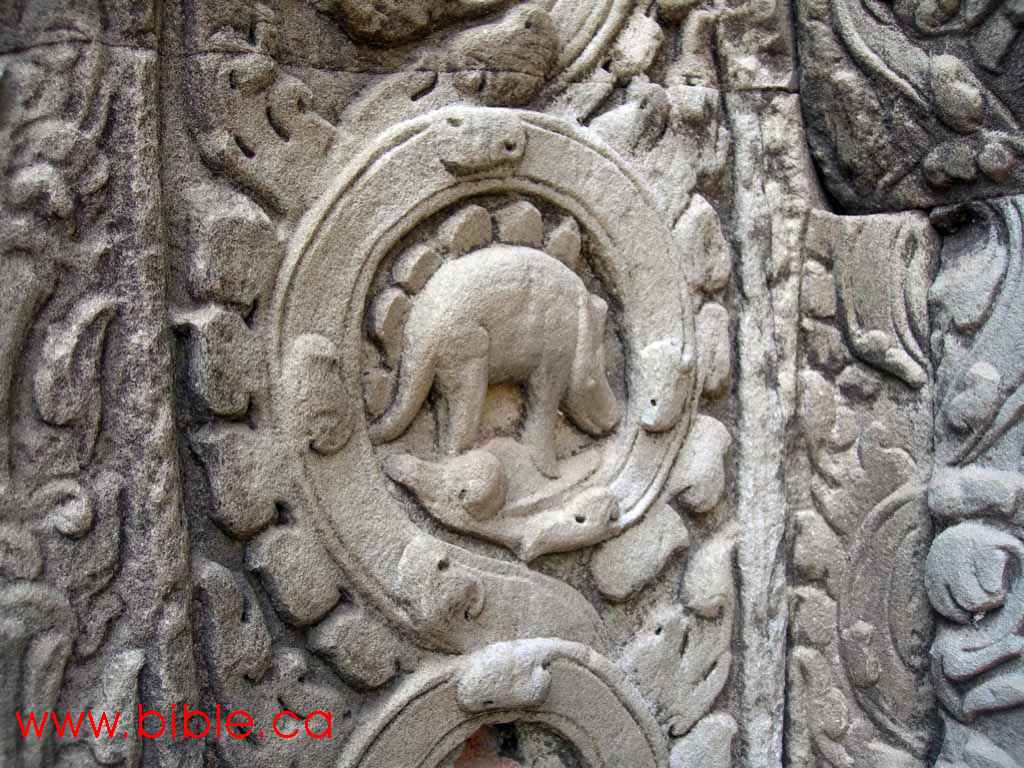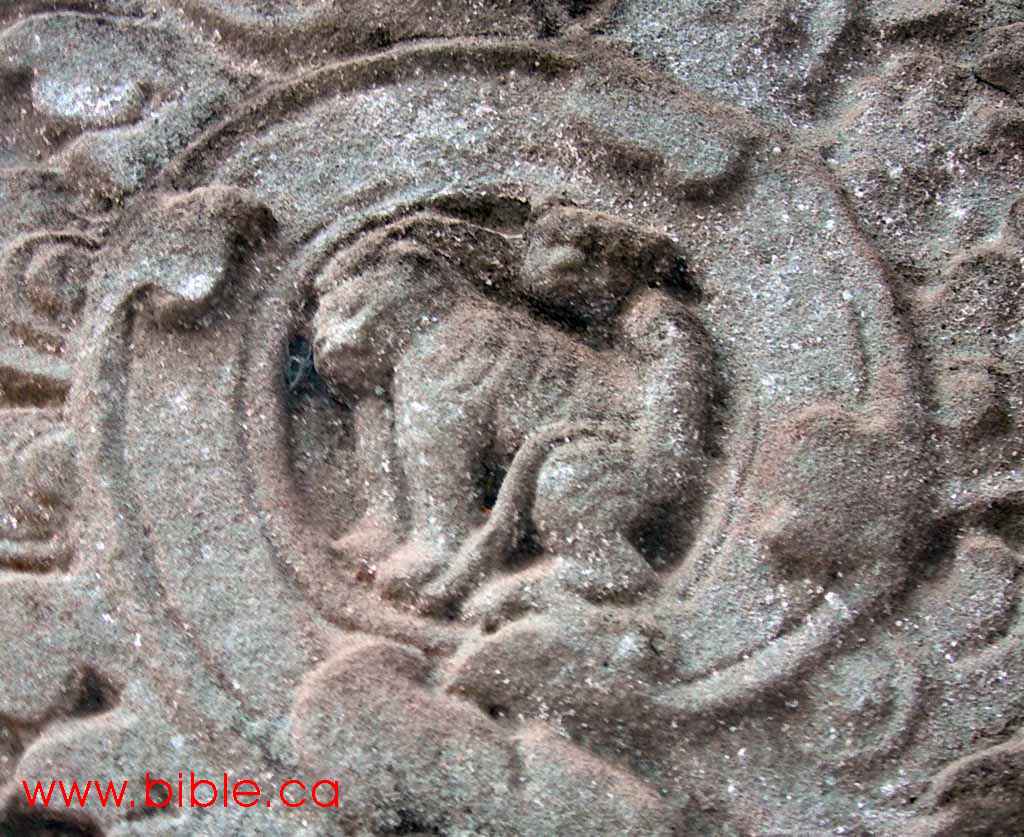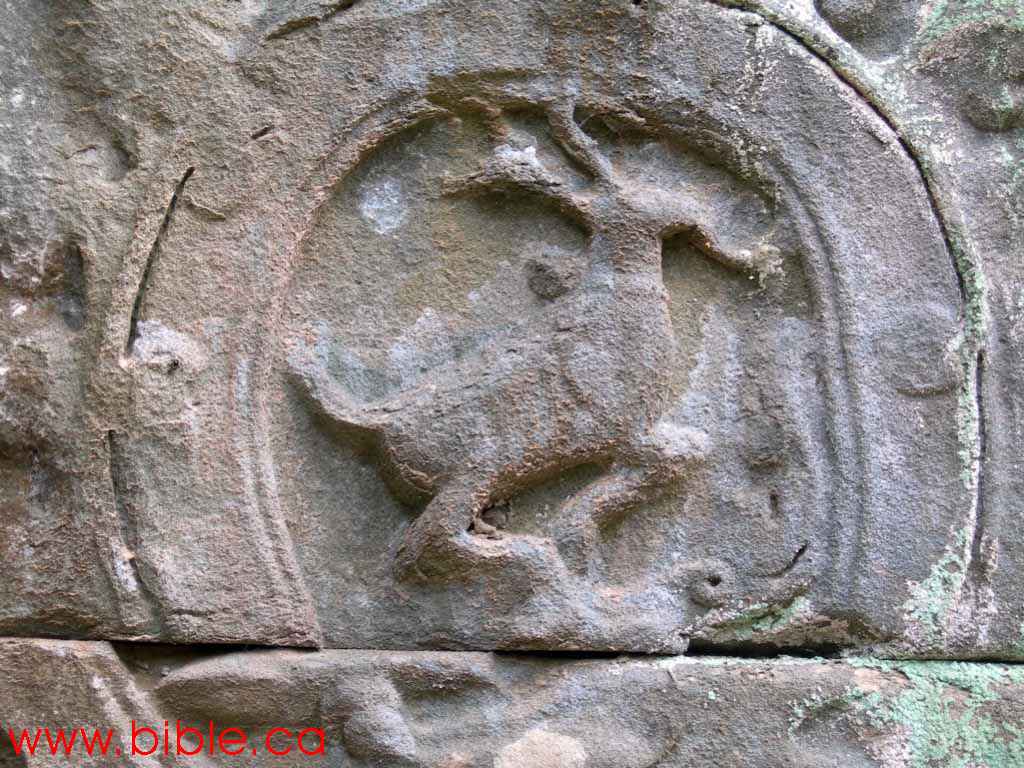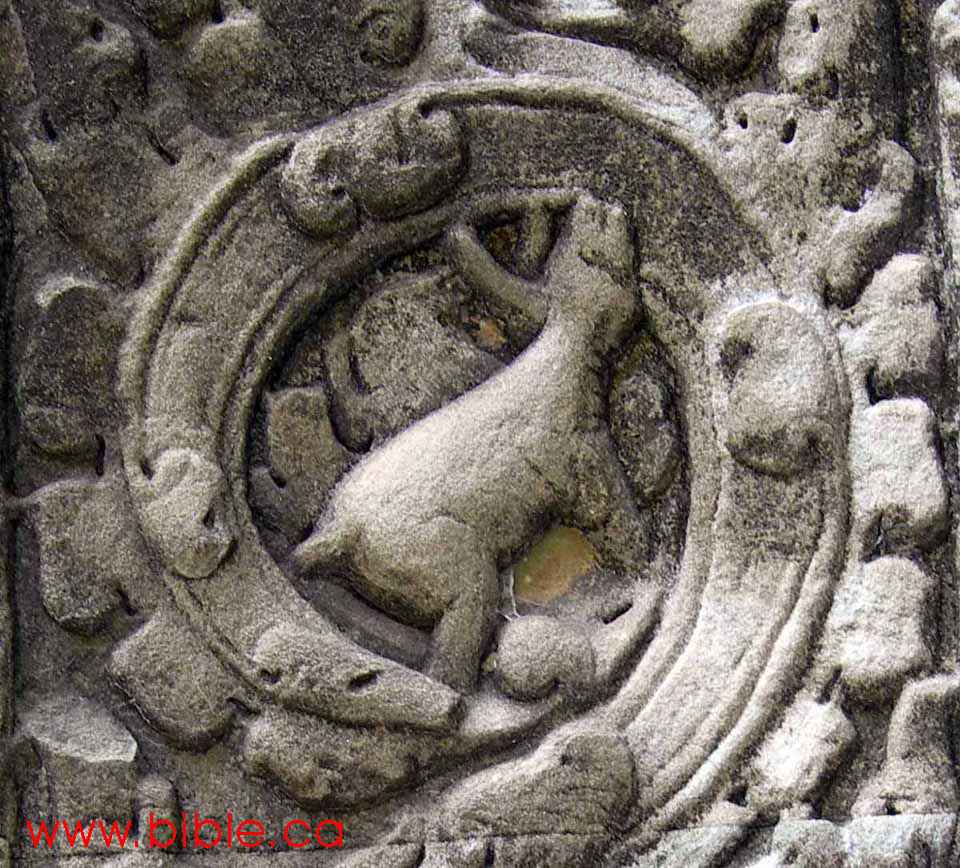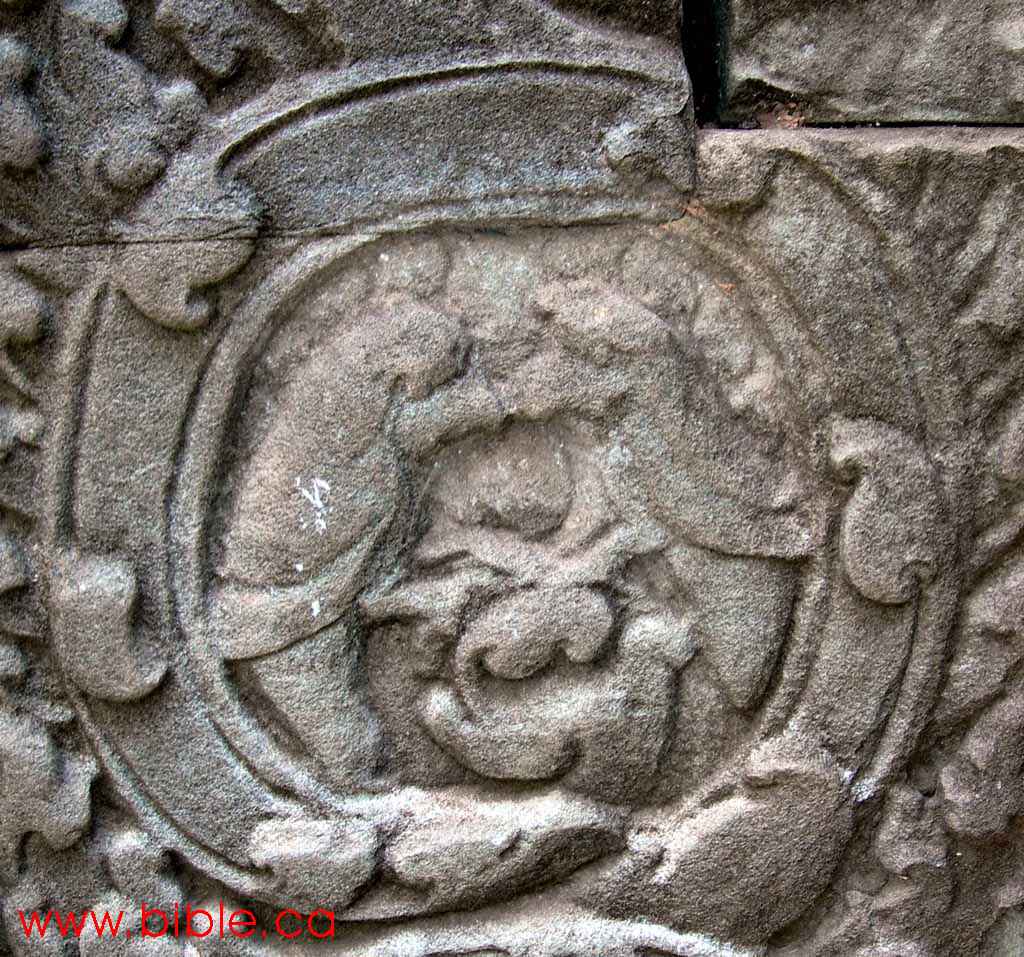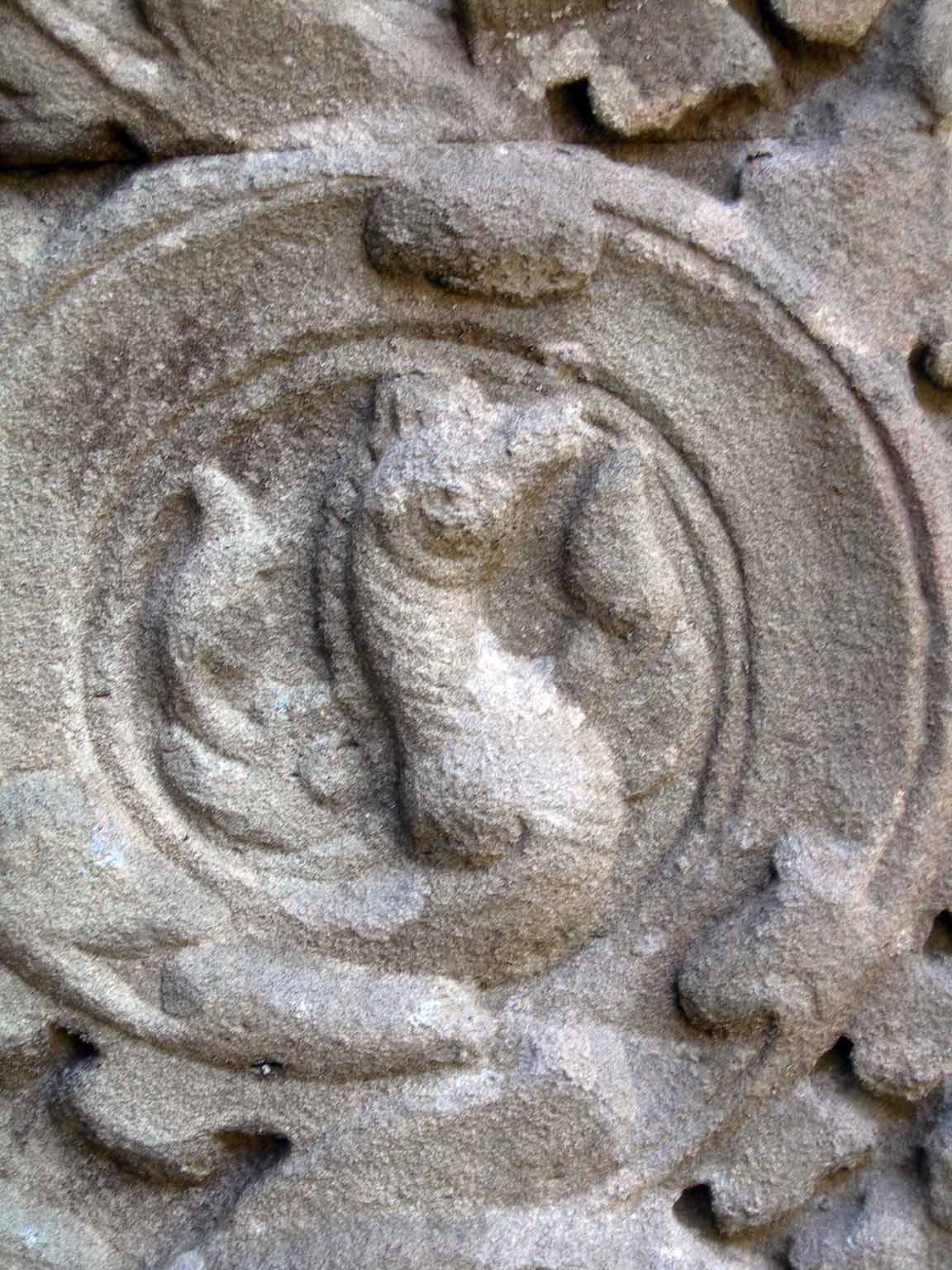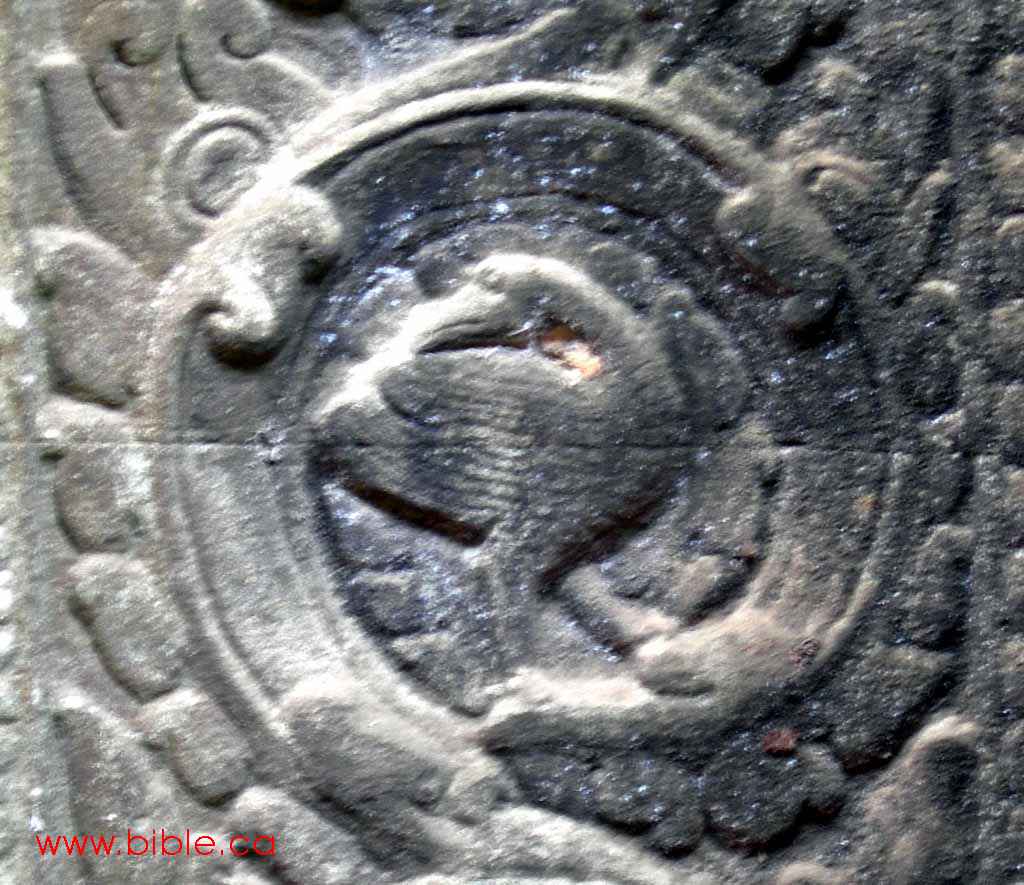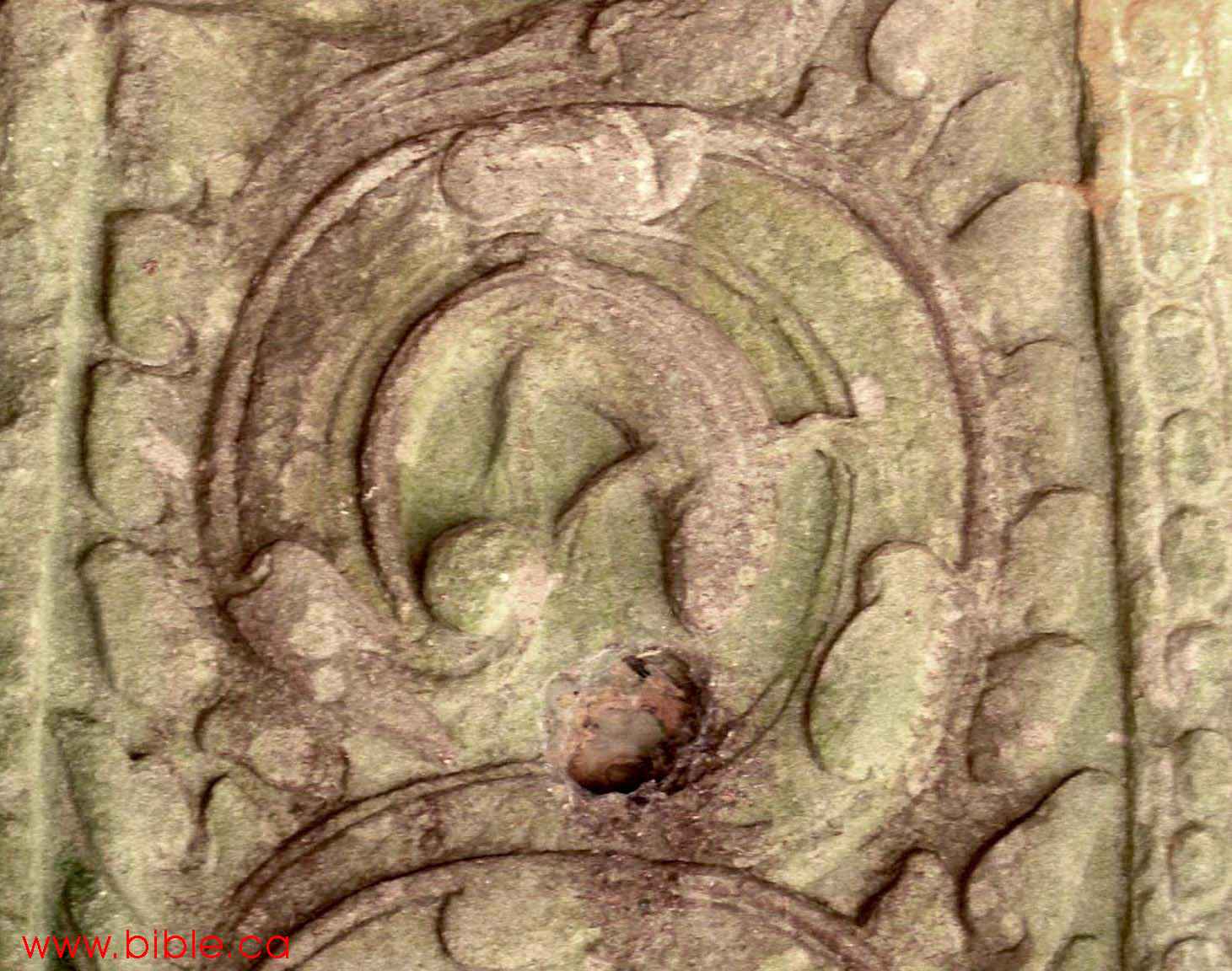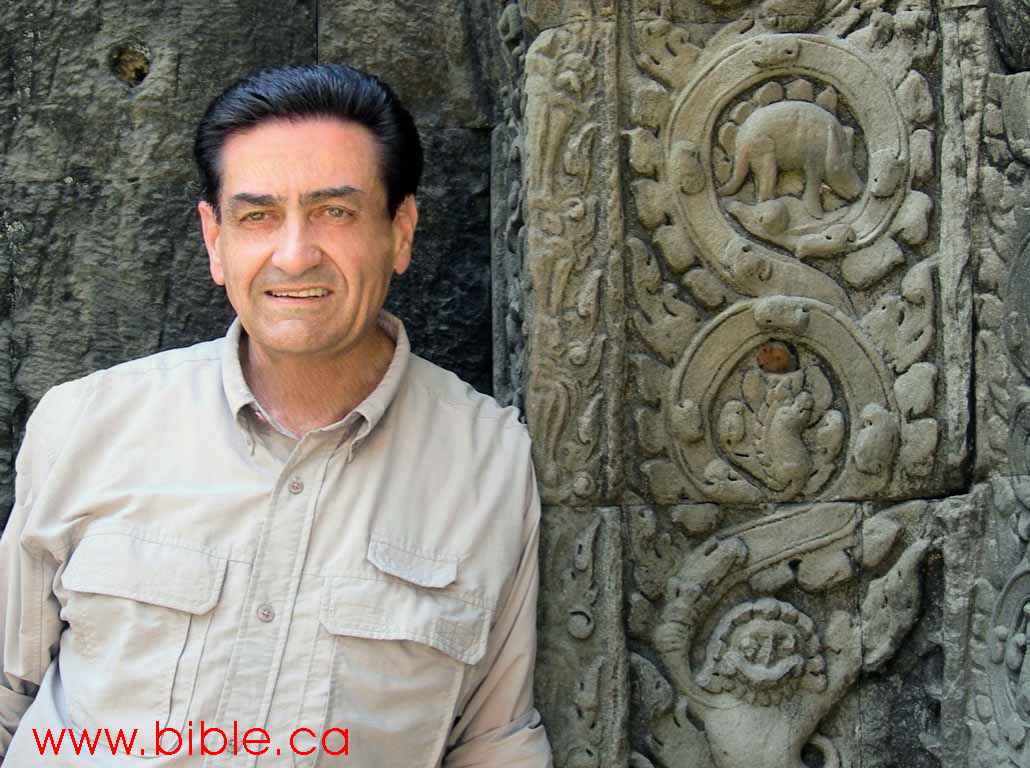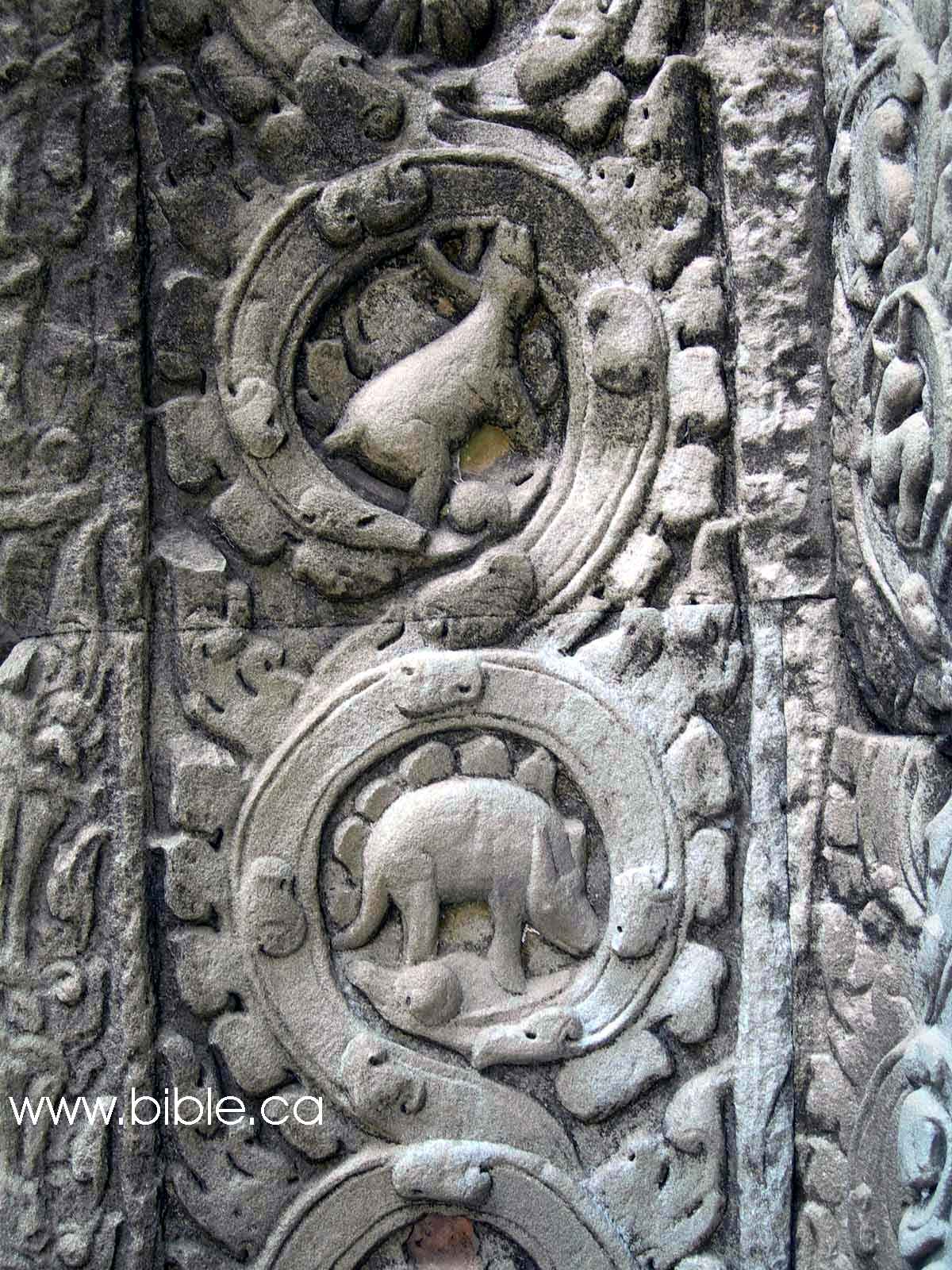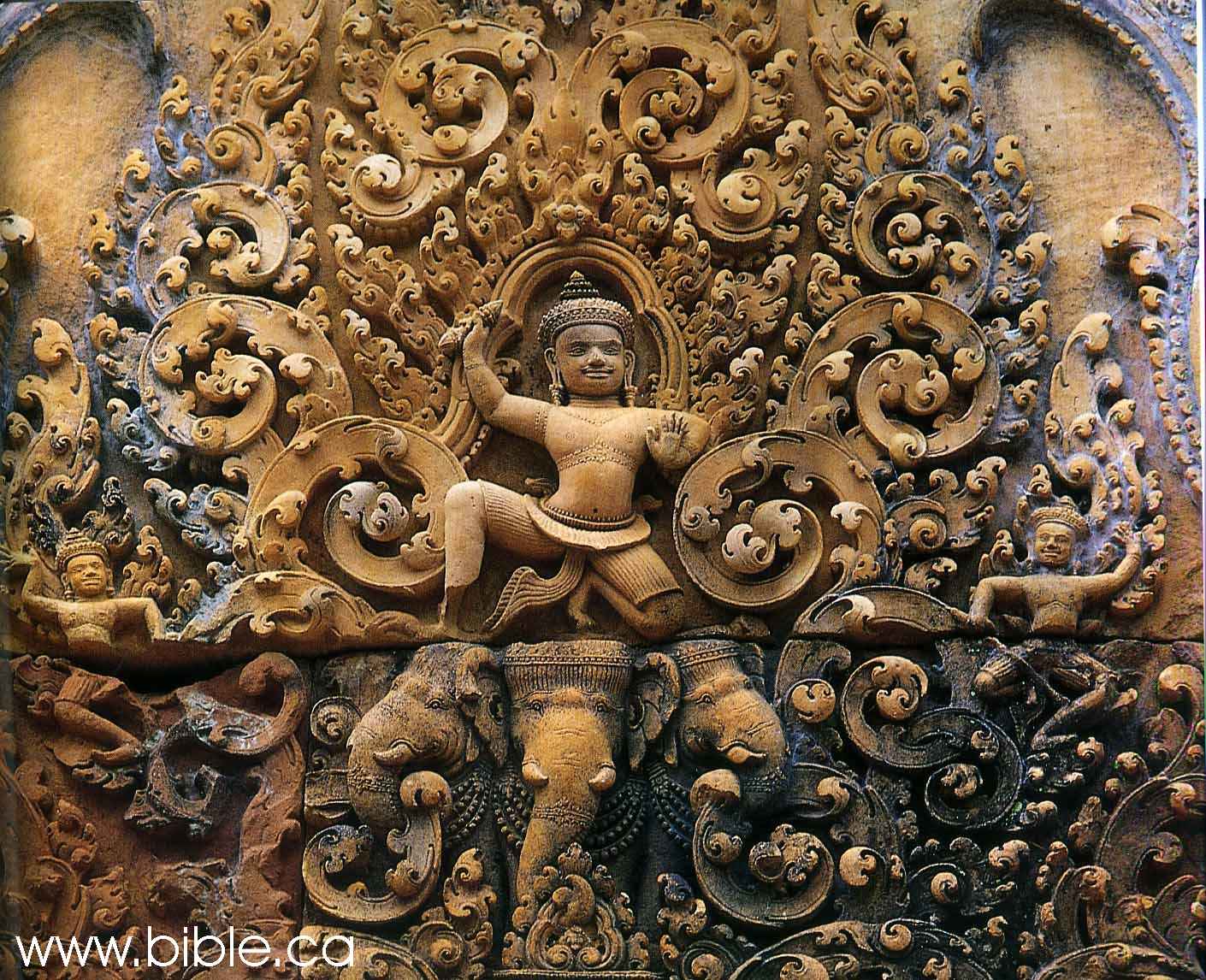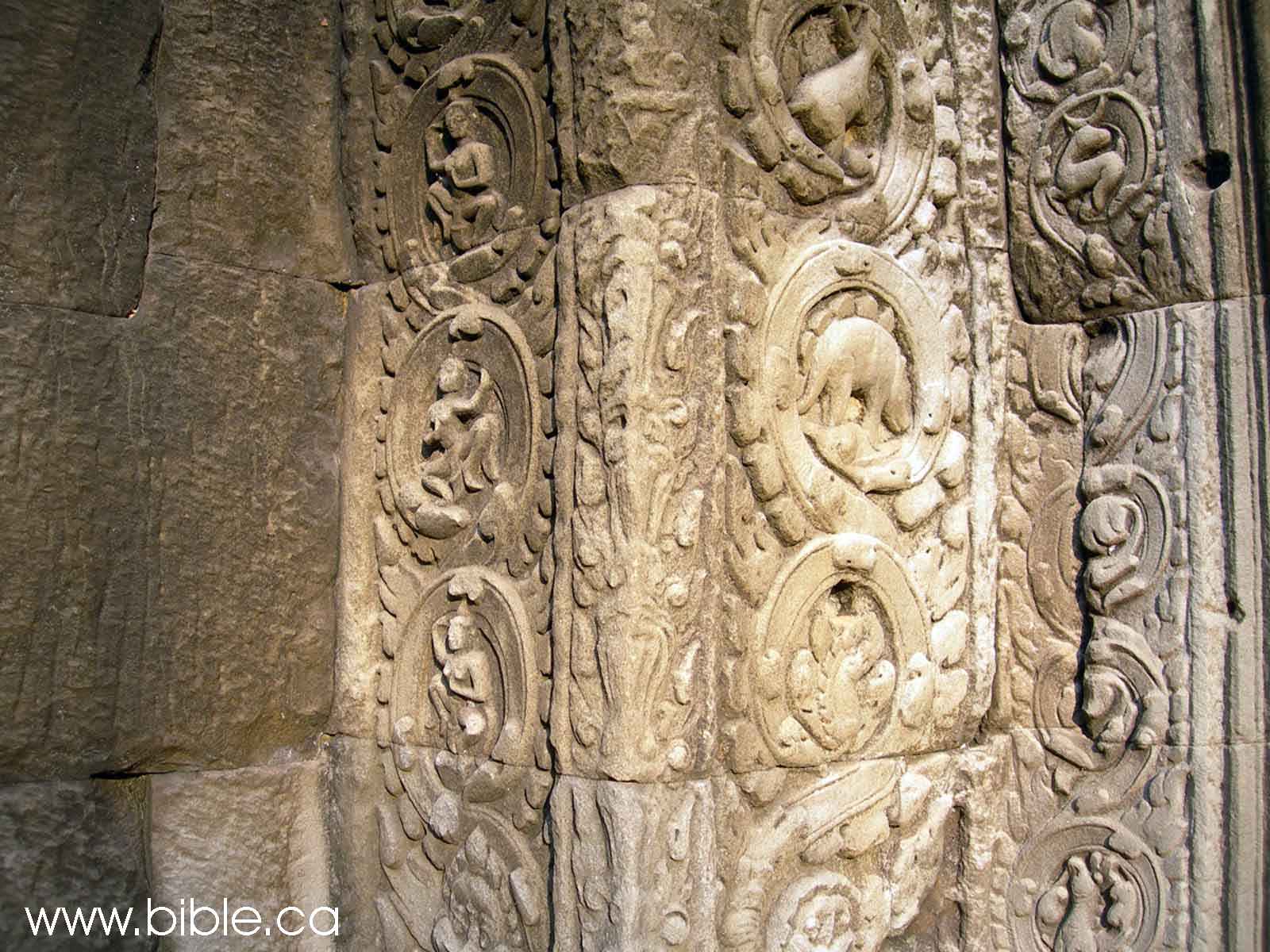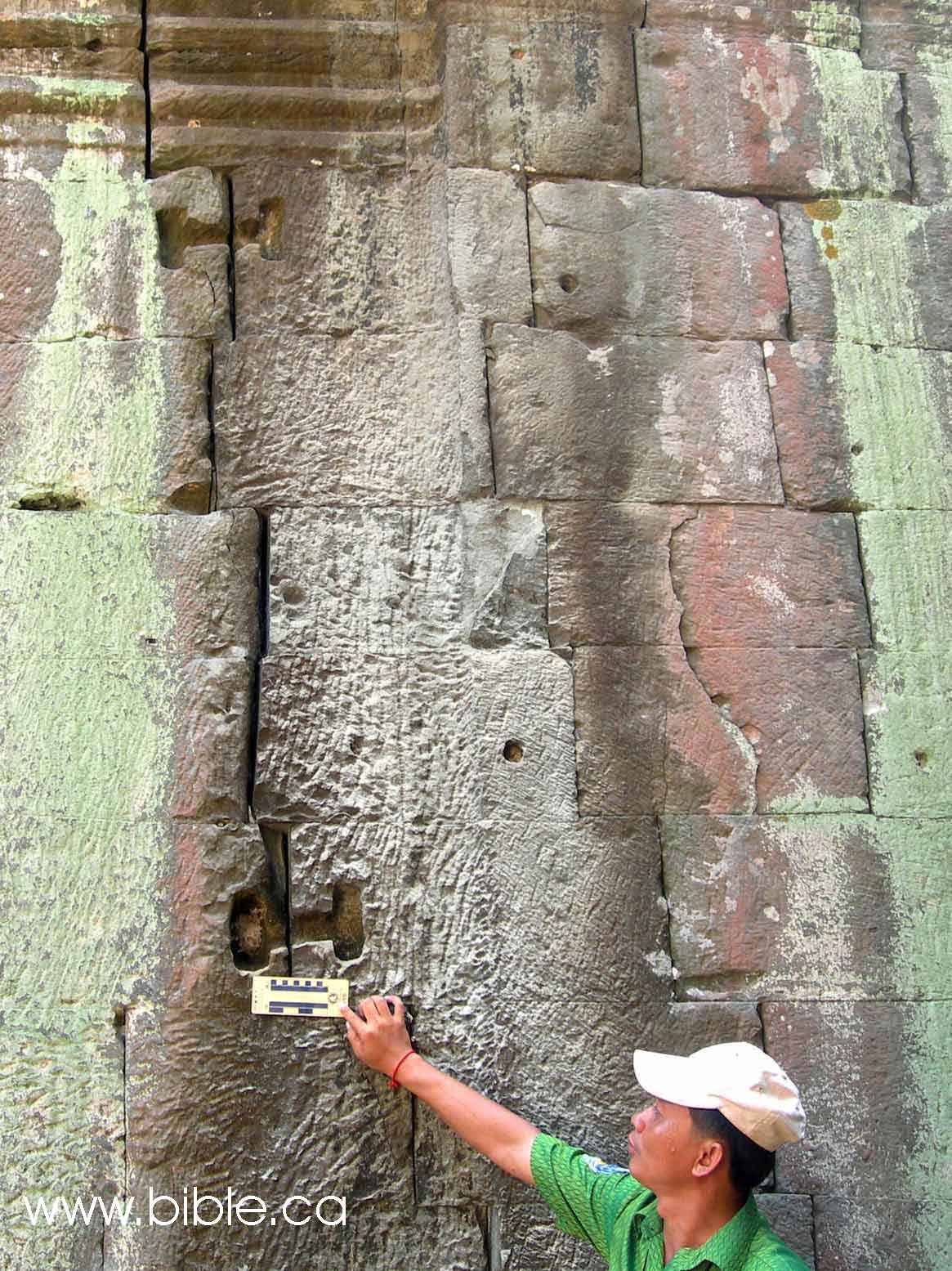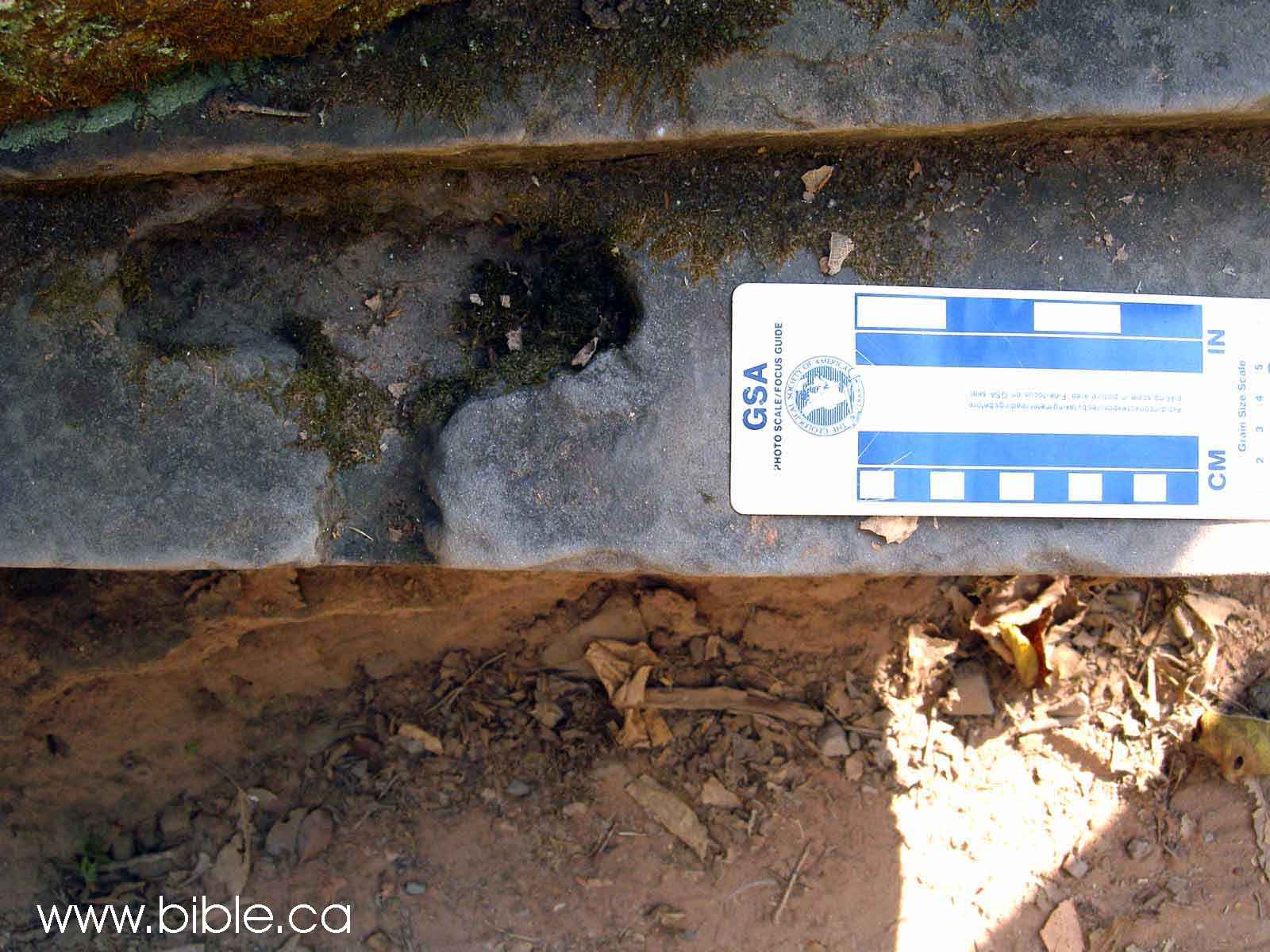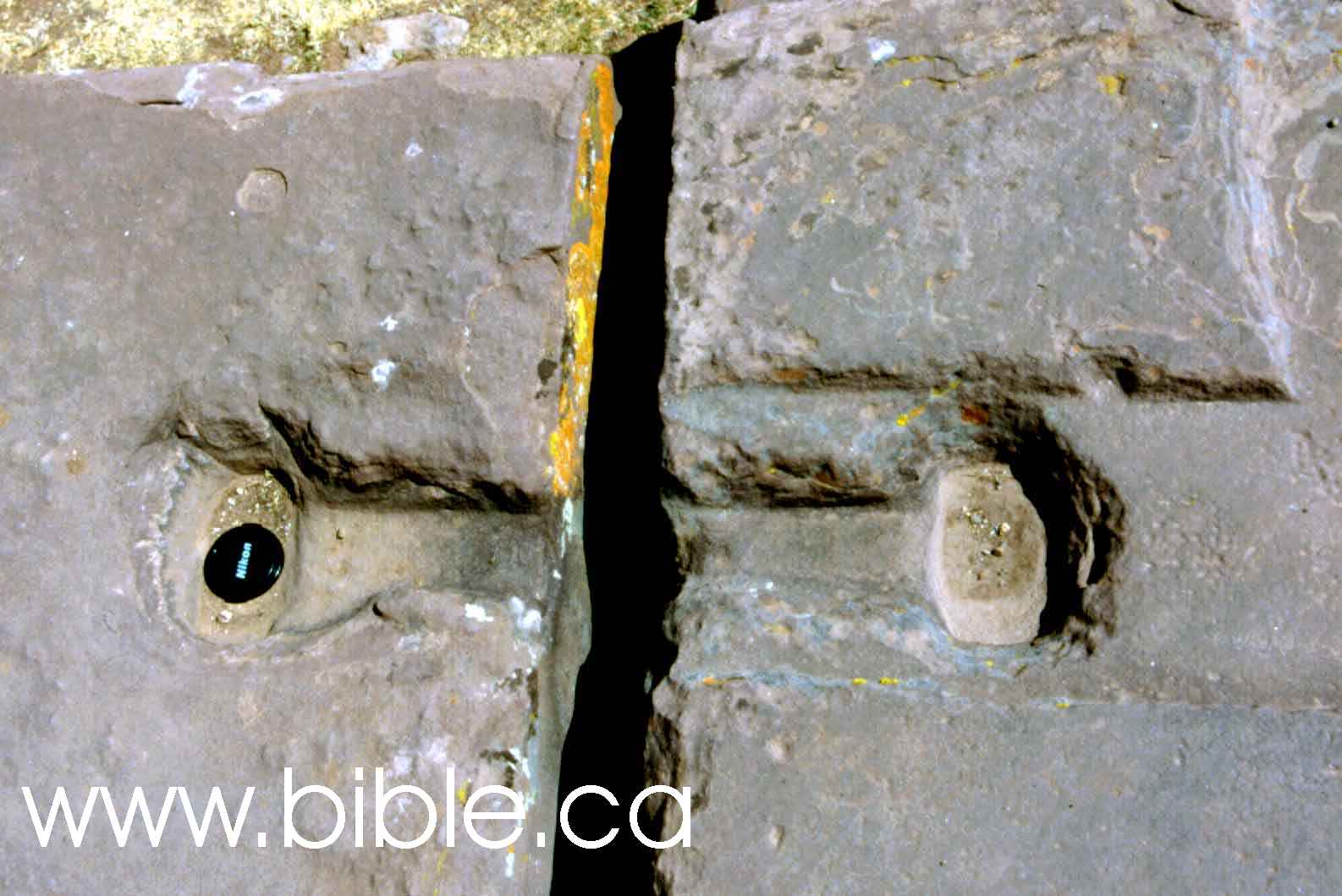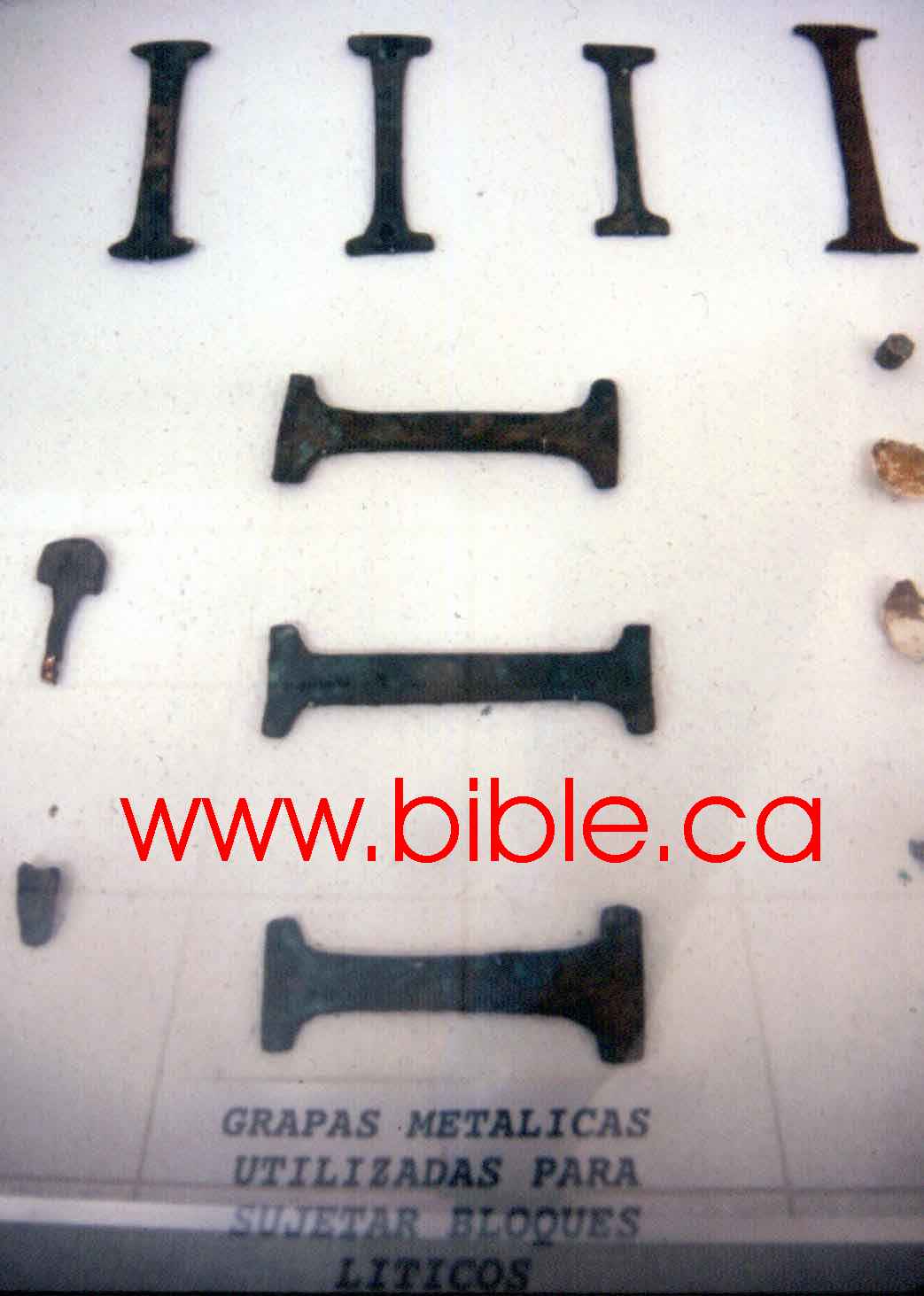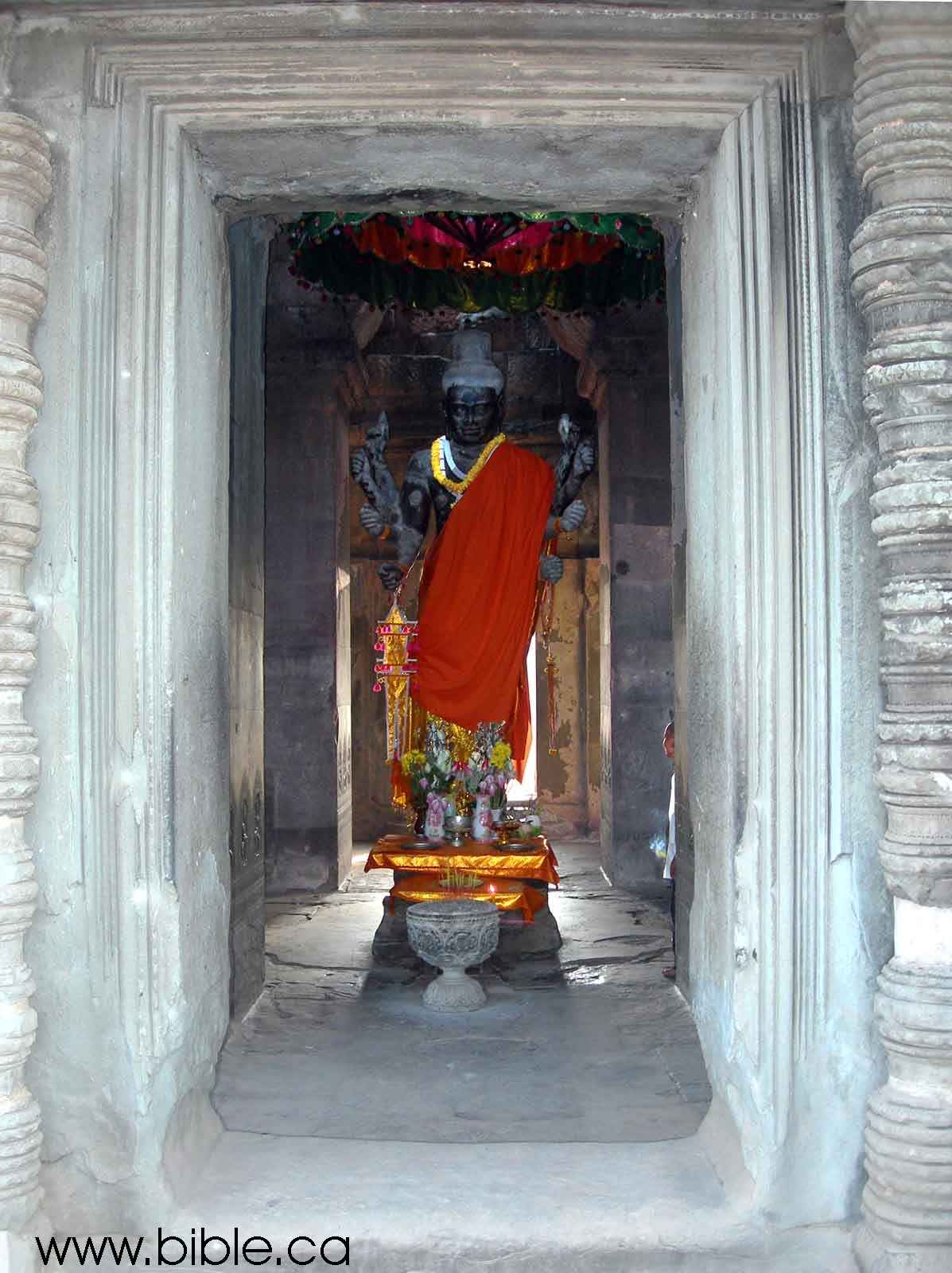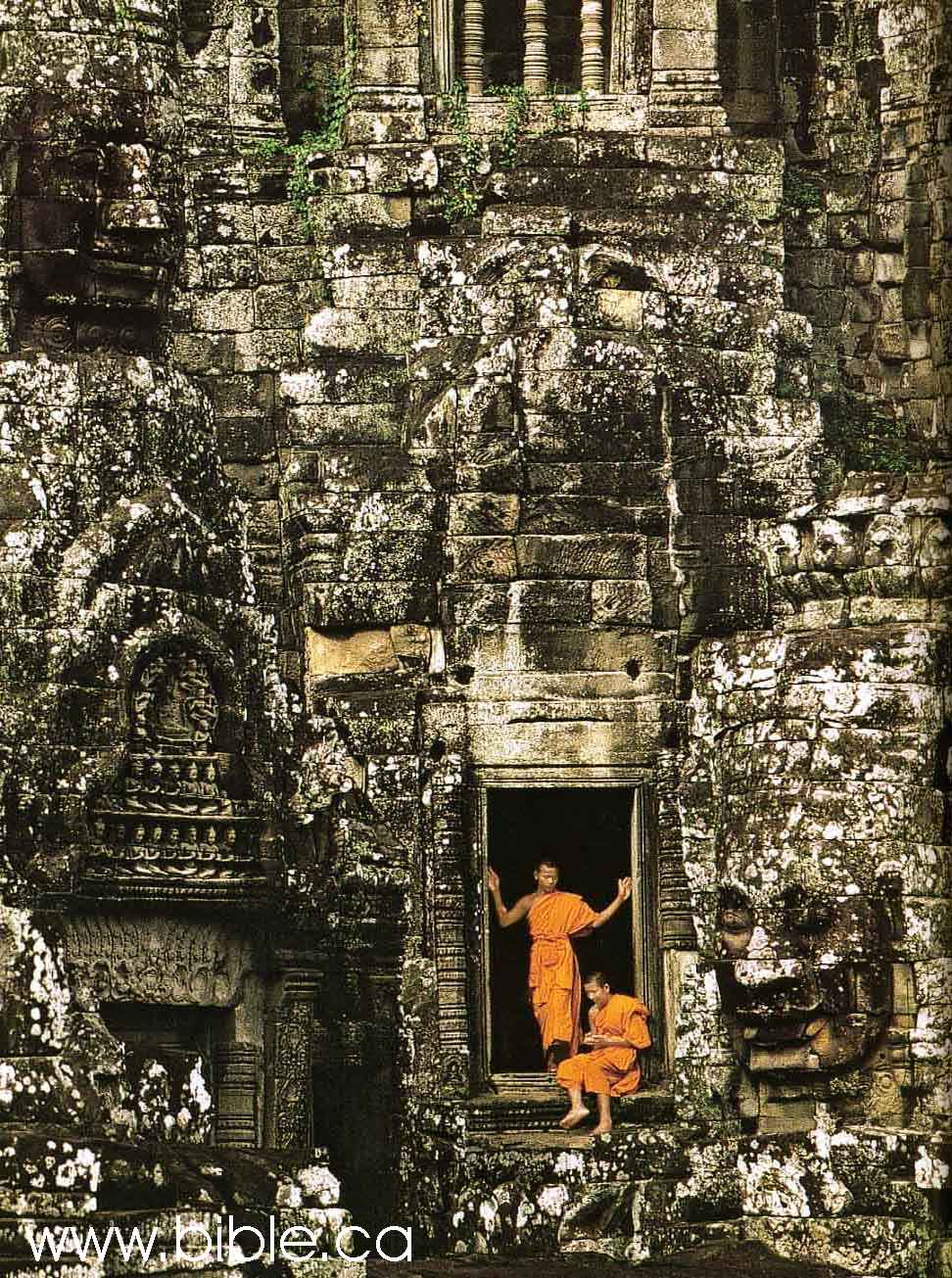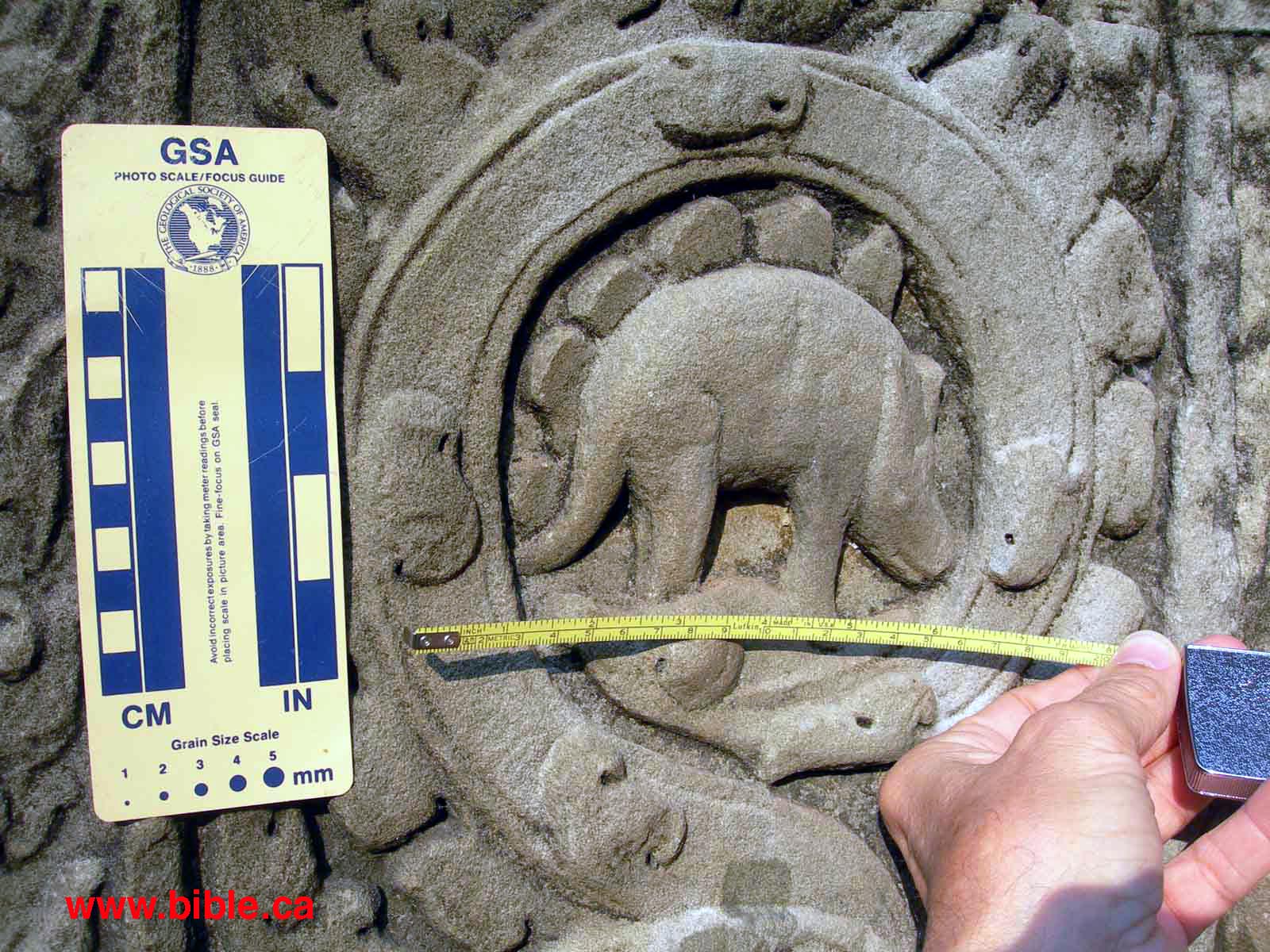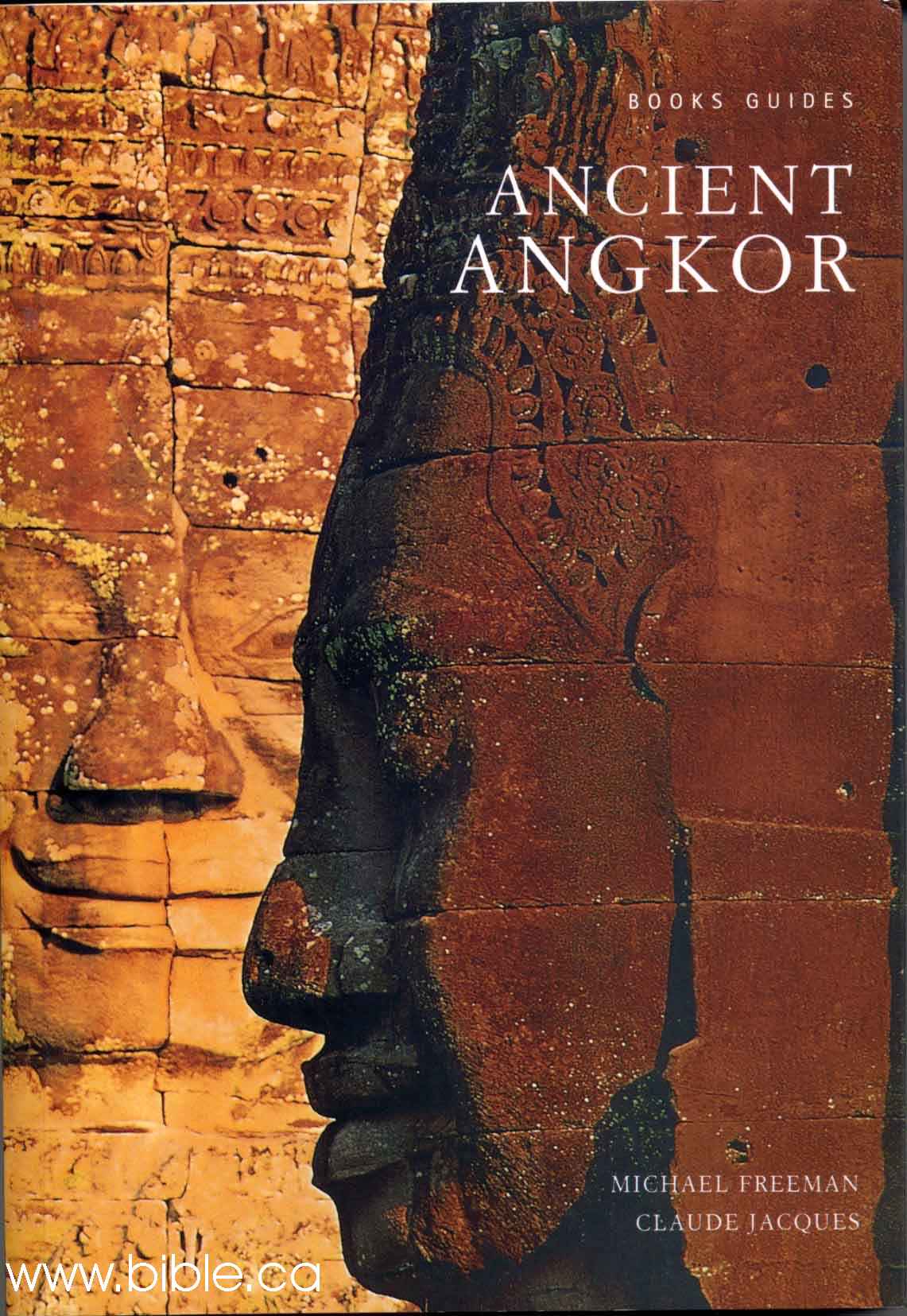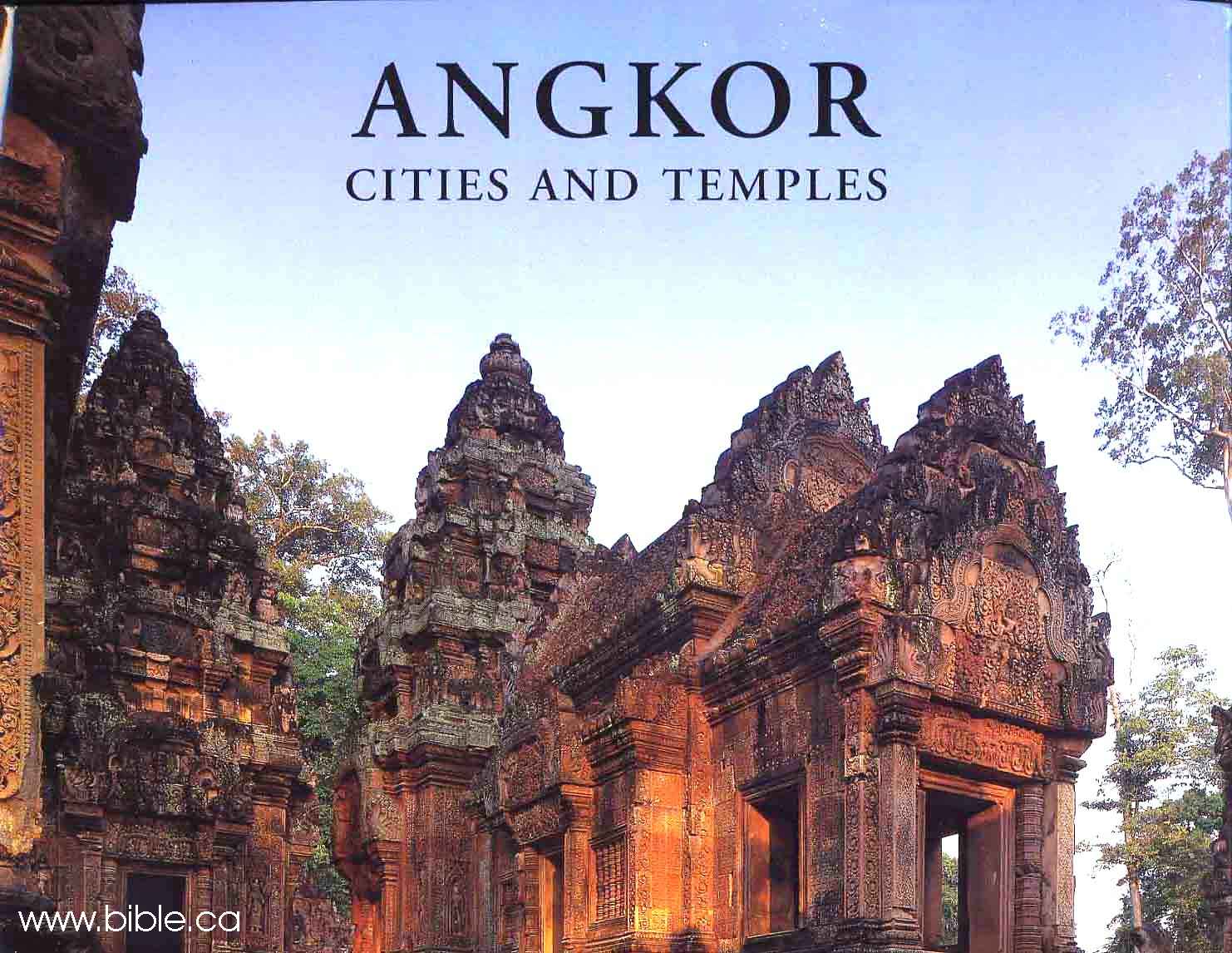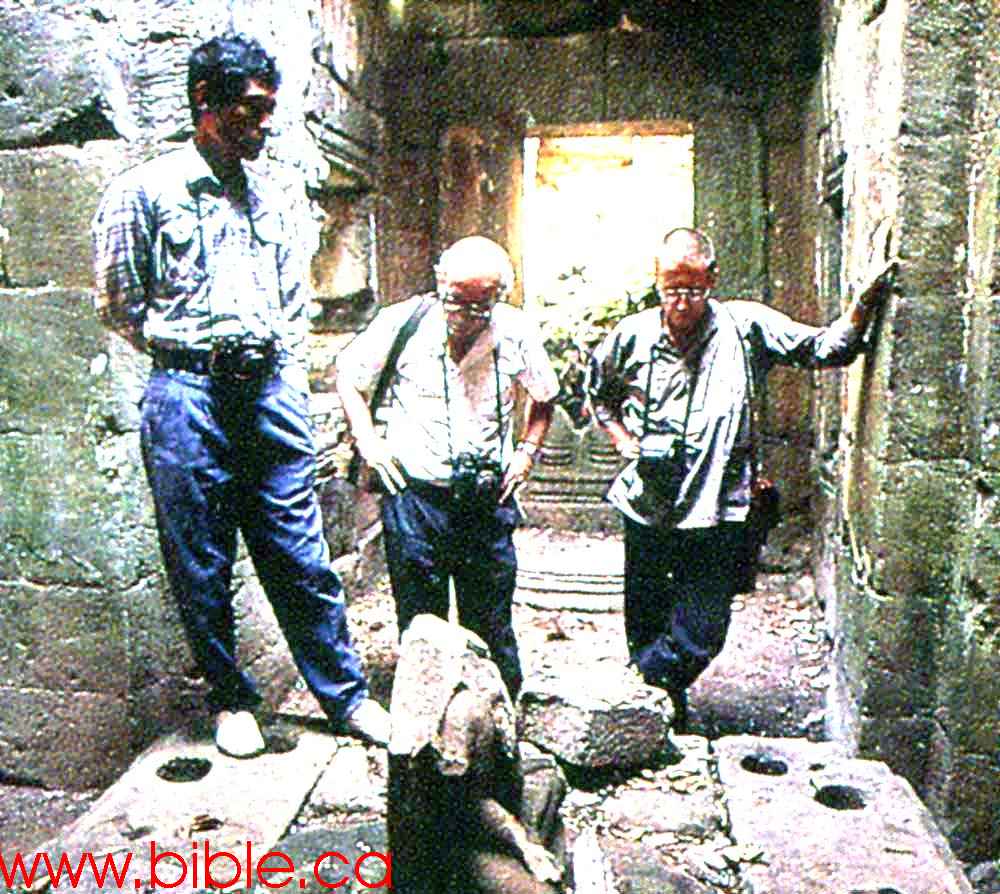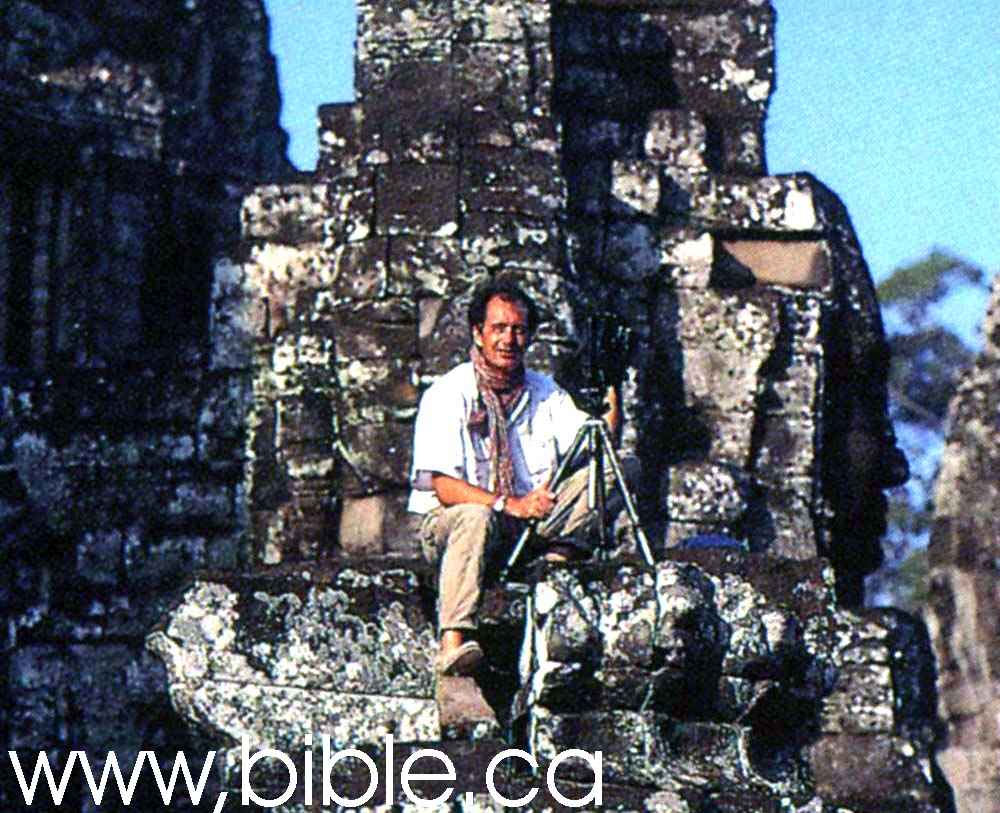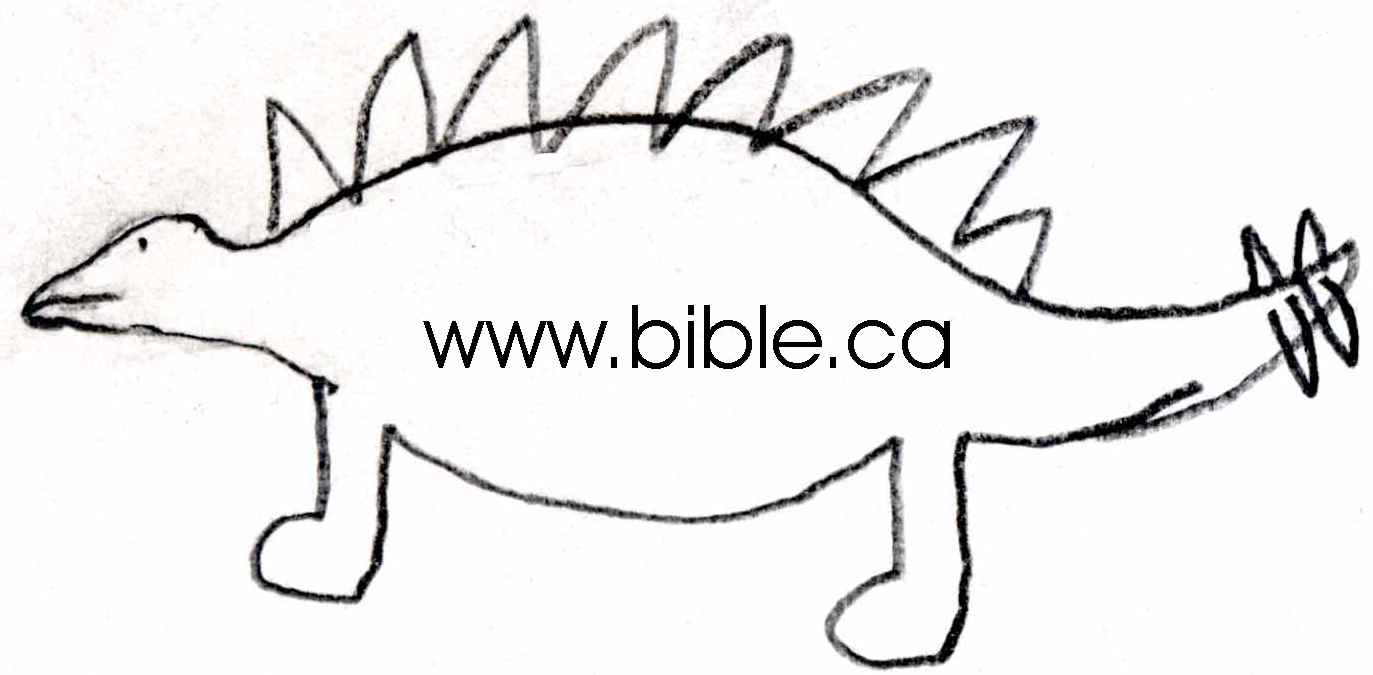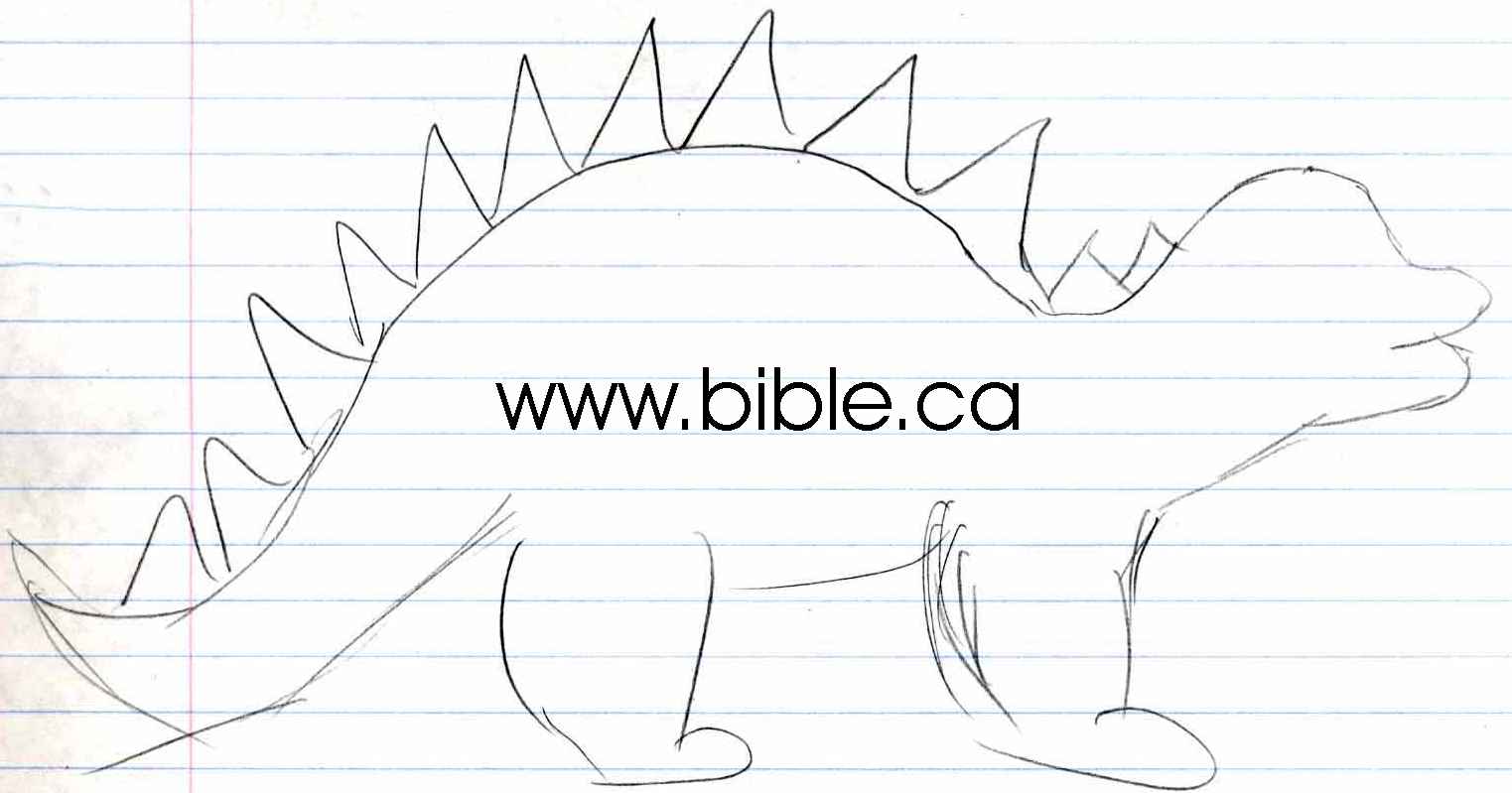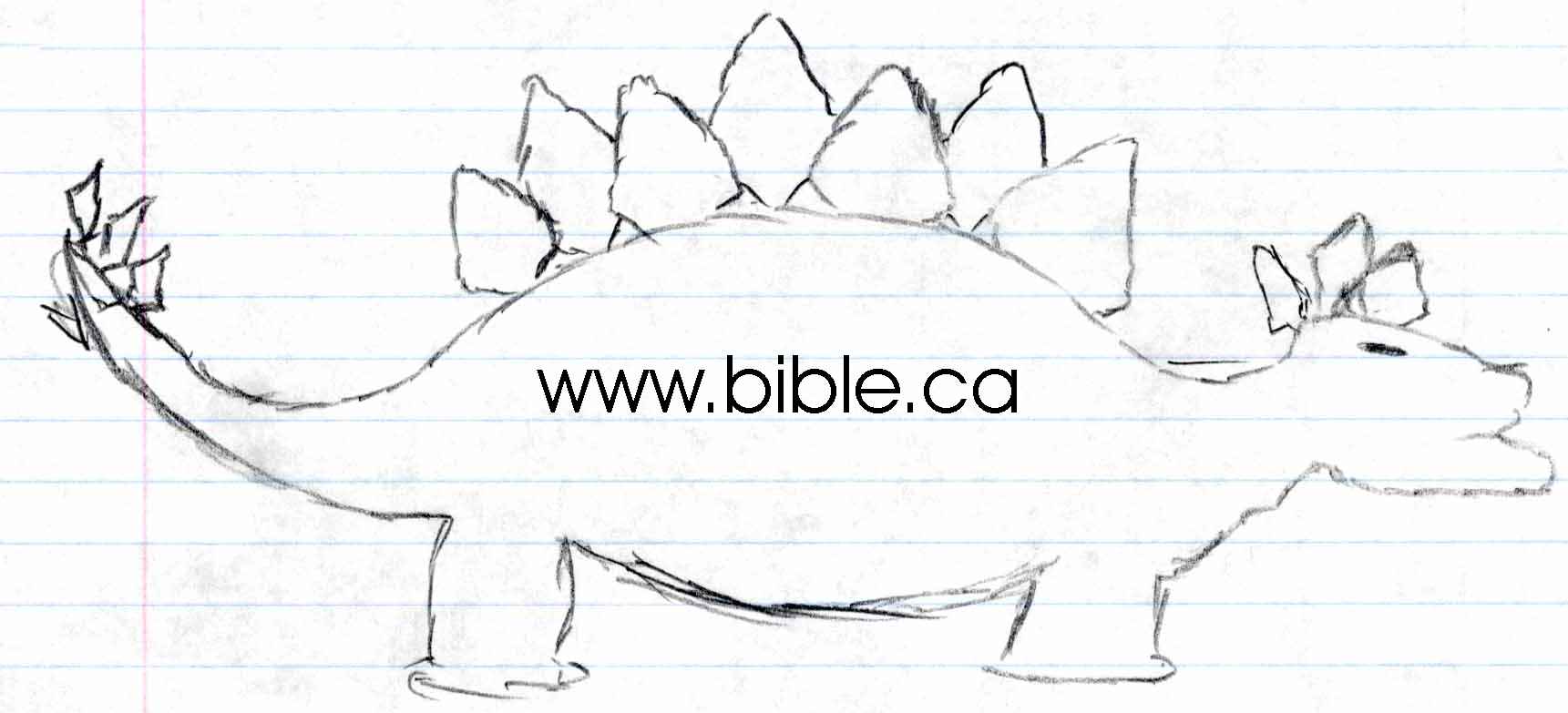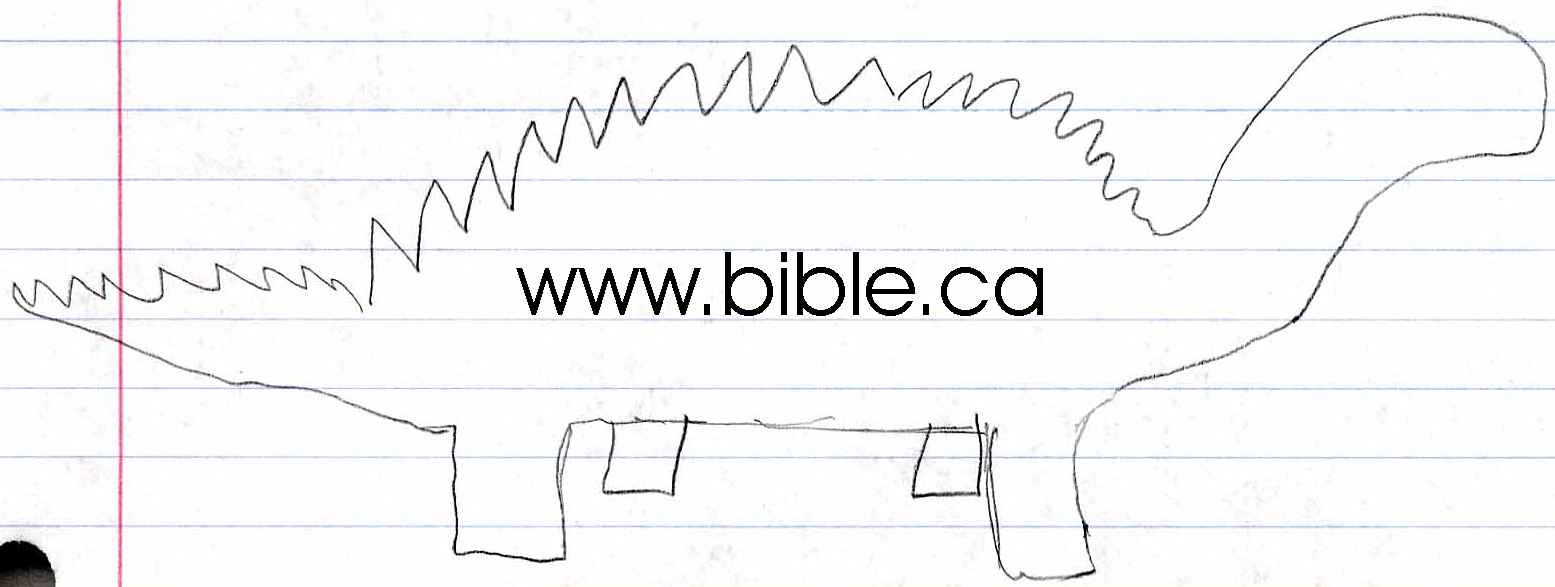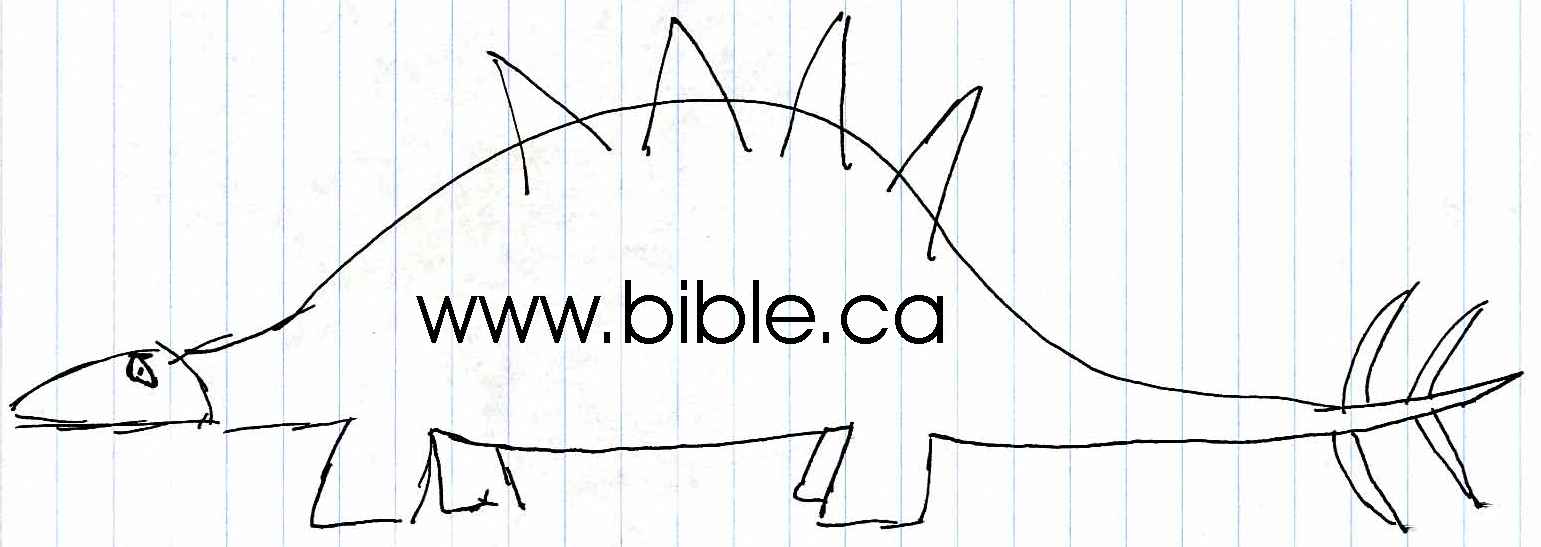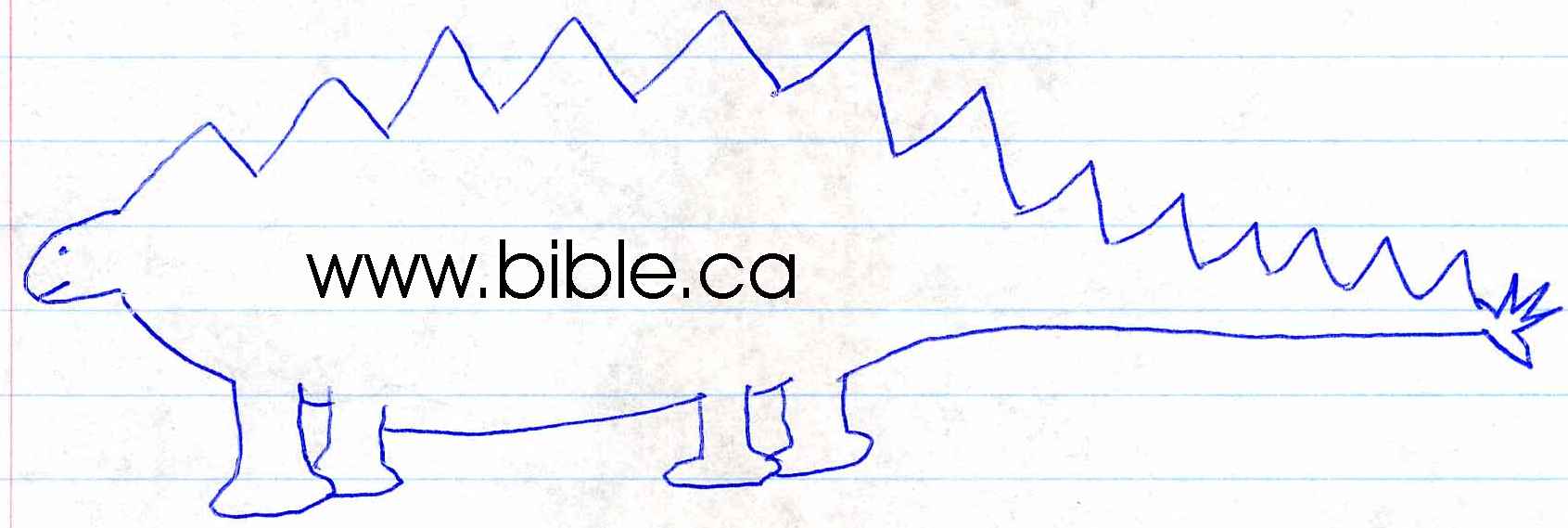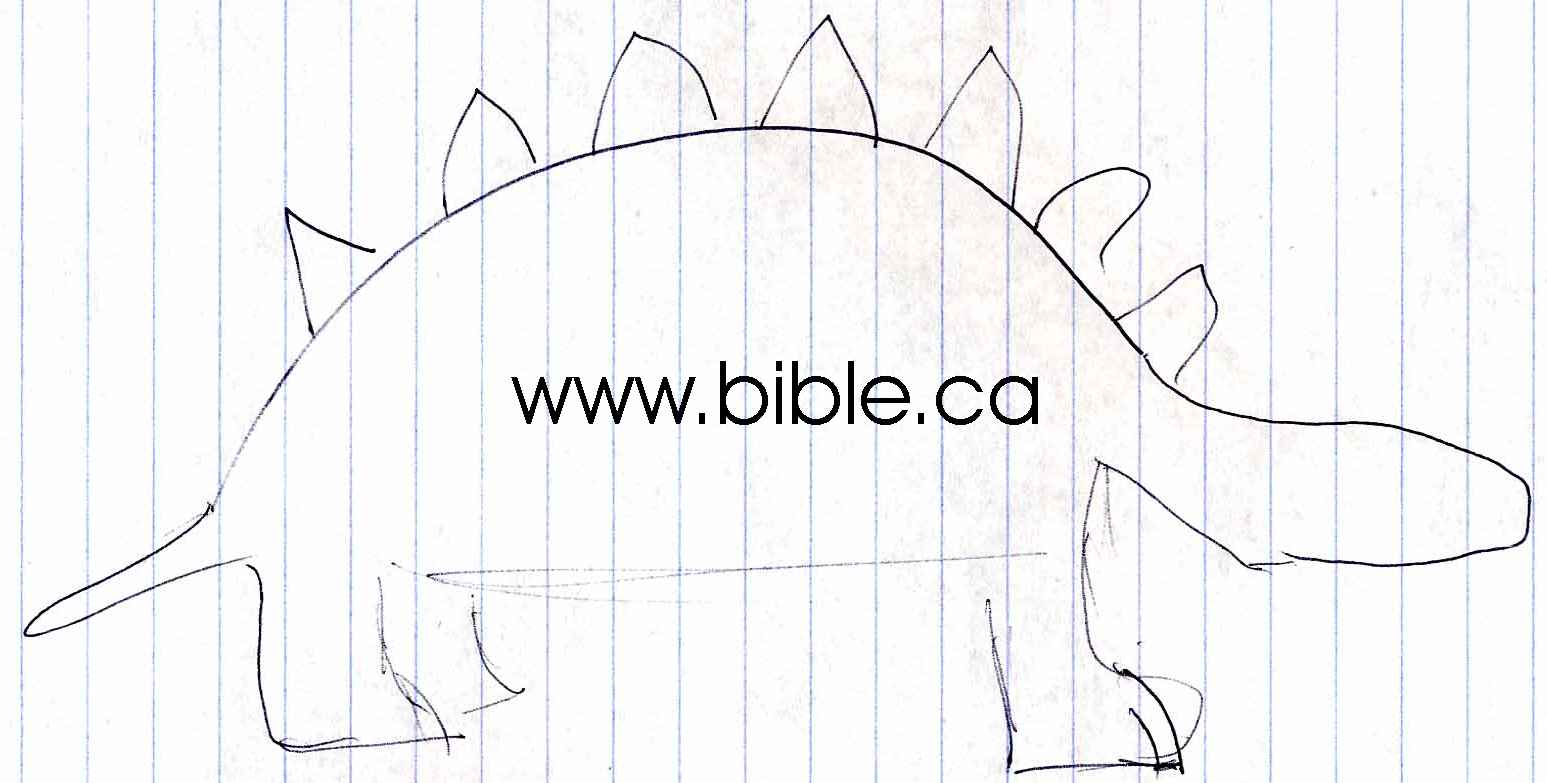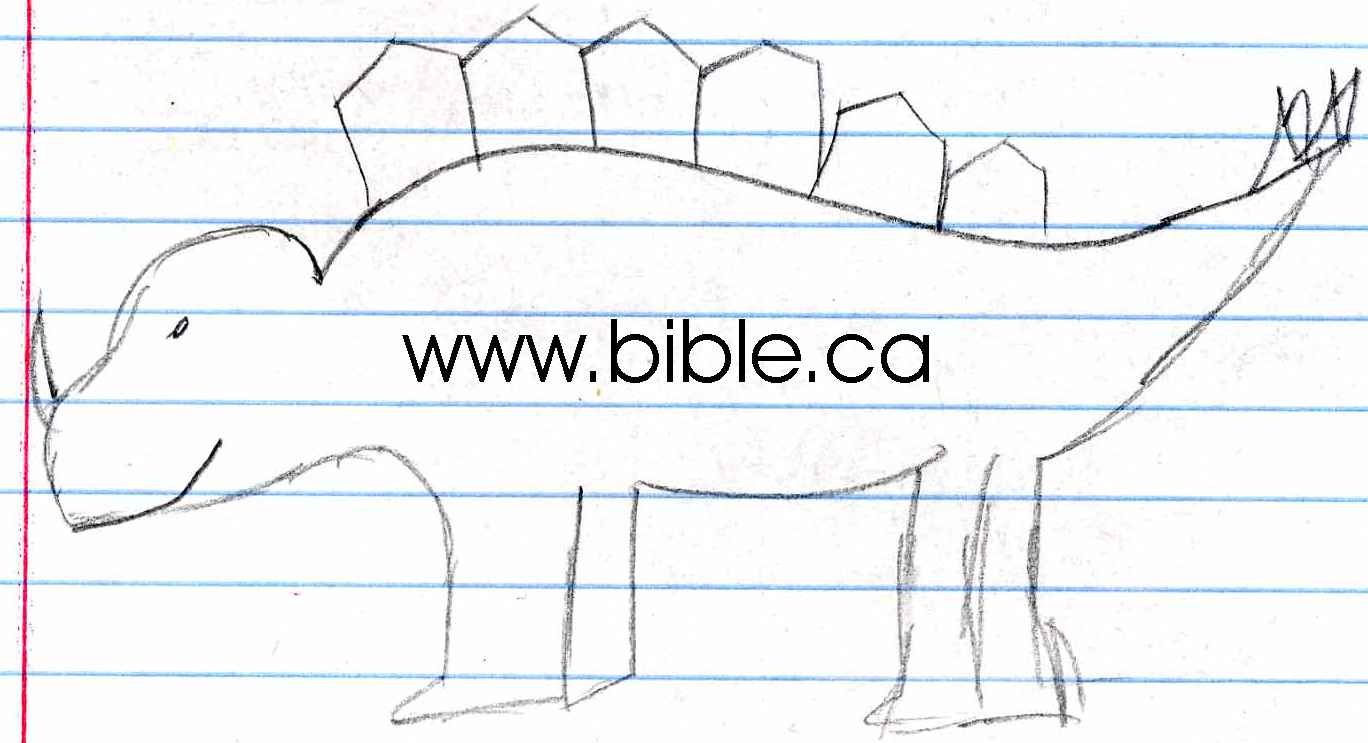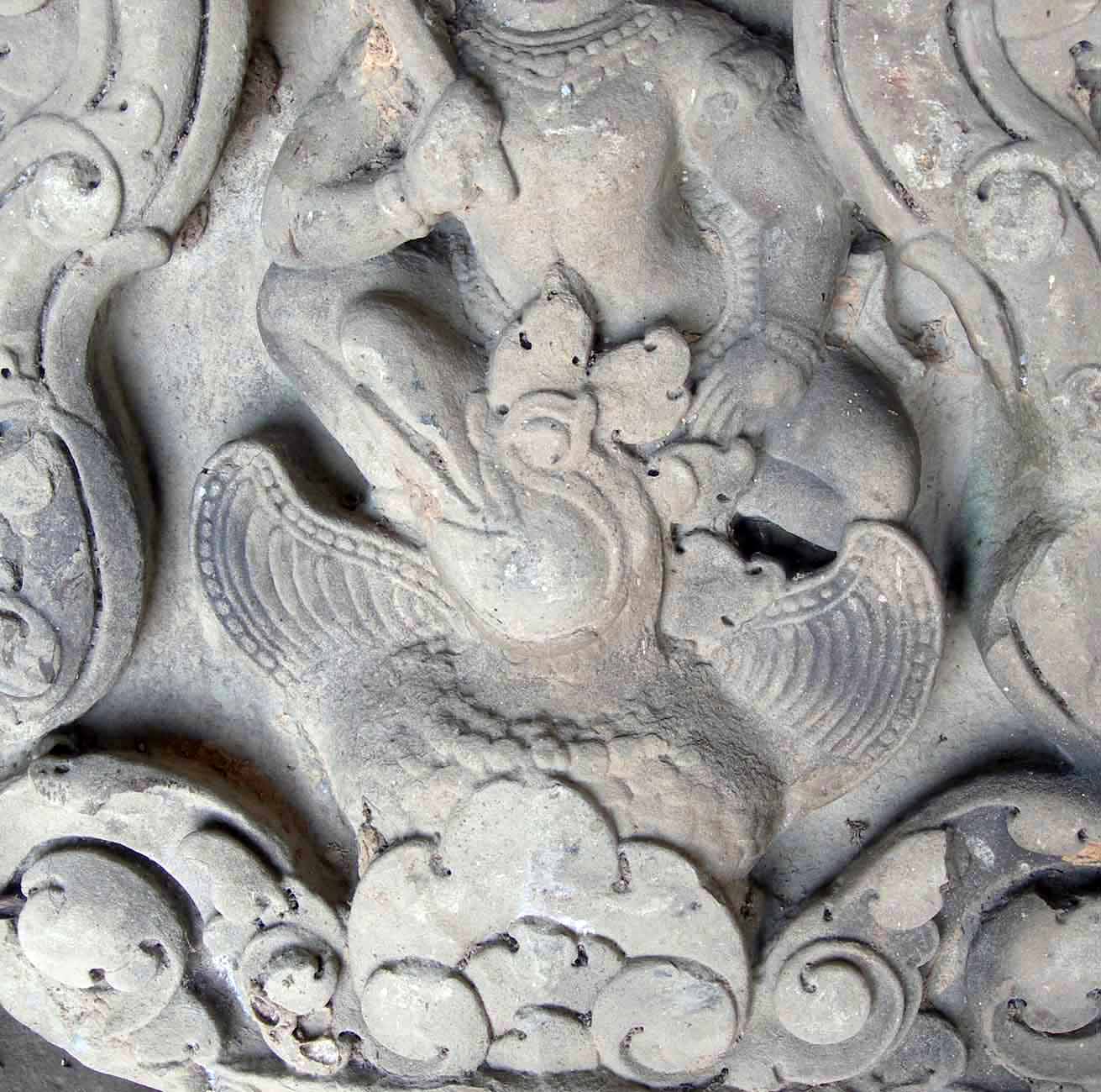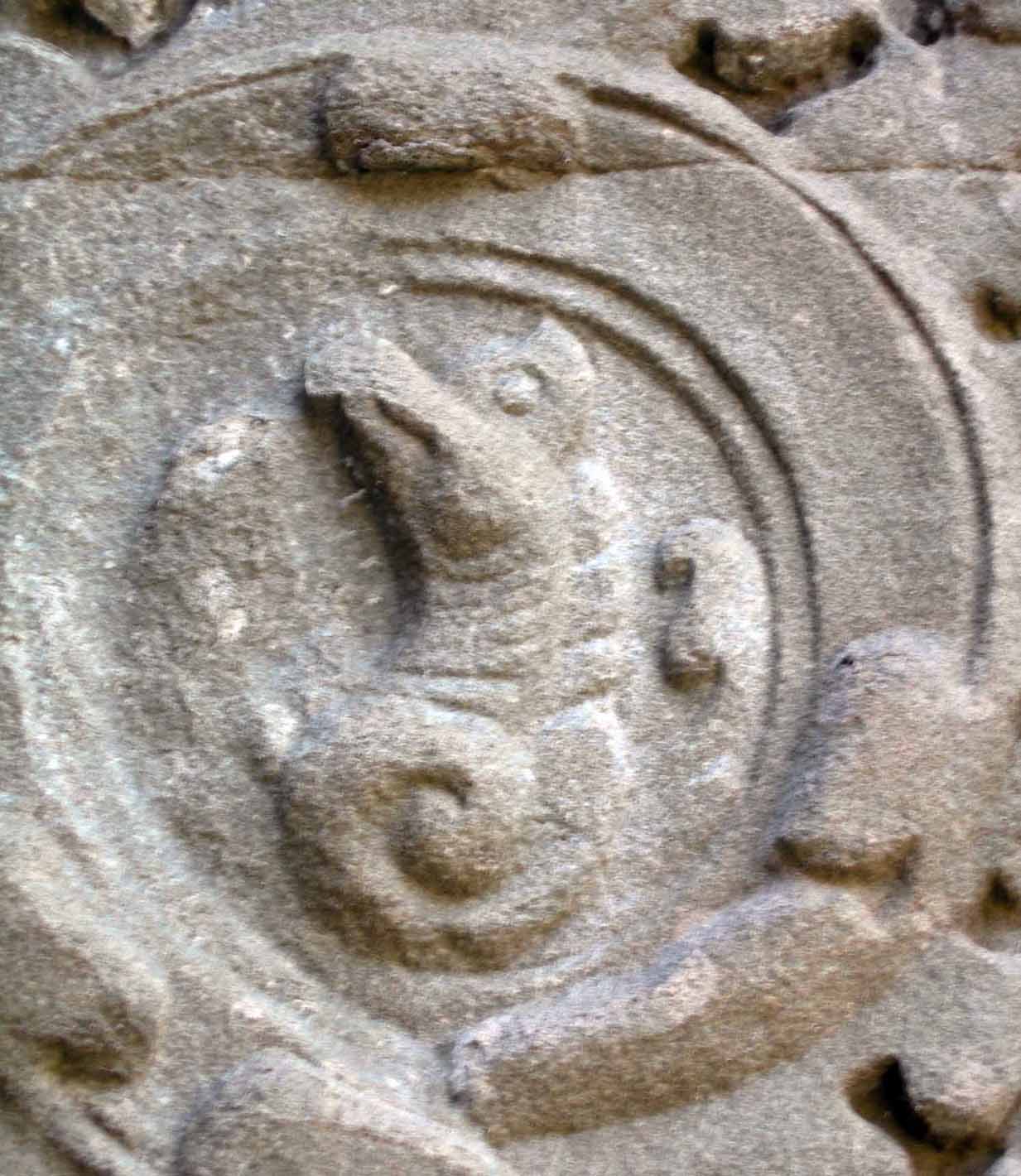Riddle Of The Great Pyramids Of Giza: Professor Finds Some Building Blocks Were Concrete
In partially solving a mystery that has baffled archeologists for
centuries, a Drexel University professor has determined that the Great
Pyramids of Giza were constructed with a combination of not only carved
stones but the first blocks of limestone-based concrete cast by any
civilization.
Michel Barsoum, professor of materials engineering, shows in a
peer-reviewed paper to be published Dec. 1 in the Journal of the
American Ceramic Society how the Egyptian builders of the nearly
5,000-year-old pyramids were exceptional civil and architectural
engineers as well as superb chemists and material scientists. His
conclusions could lead to a seismic shift in the kind of concrete used
in construction and provide developing nations a way to build structures
utilizing inexpensive and easily accessible materials.
Barsoum presented his findings at a news conference Nov. 30 at Le
Palais de la decouverte, Avenue Franklin D. Roosevelt, in Paris, France.
The longstanding belief is that the pyramids were constructed with
limestone blocks that were cut to shape in nearby quarries using copper
tools, transported to the pyramid sites, hauled up ramps and hoisted in
place with the help of wedges and levers. Barsoum argues that although
indeed the majority of the stones were carved and hoisted into place,
crucial parts were not. The ancient builders cast the blocks of the
outer and inner casings and, most likely, the upper parts of the
pyramids using a limestone concrete, called a geopolymer.
To arrive at his findings, Barsoum, an Egypt native, and co-workers
analyzed more than 1,000 micrographs, chemical analyses and other
materials over three years. Barsoum, whose interest in the pyramids and
geopolymers was piqued five years ago when he heard theories about the
construction of the pyramids, says that to construct them with only cast
stone builders would have needed an unattainable amount of wood and
fuel to heat lime to 900 degrees Celsius.
Barsoum's findings provide long-sought answers to some of the
questions about how the pyramids were constructed and with such
precision. It puts to rest the question of how steep ramps could have
extended to the summit of the pyramids; builders could cast blocks on
site, without having to transport stones great distances. By using cast
blocks, builders were able to level the pyramids' bases to within an
inch. Finally, builders were able to maintain precisely the angles of
the pyramids so that the four planes of each arrived at a peak.
Although these findings answer some of the questions about the
pyramids, Barsoum says the mystery of how they were built is far from
solved. For example, he has been unable to determine how granite beams
-- spanning kings' chambers and weighing as much as 70 tons each -- were
cut with nothing harder than copper and hauled in place.
The type of concrete pyramid builders used could reduce pollution and
outlast Portland cement, the most common type of modern cement.
Portland cement injects a large amount of the world's carbon dioxide
into the atmosphere and has a lifespan of about 150 years. If widely
used, a geopolymer such as the one used in the construction of the
pyramids can reduce that amount of pollution by 90 percent and last much
longer. The raw materials used to produce the concrete used in the
pyramids -- lime, limestone and diatomaceous earth -- can be found
worldwide and is affordable enough to be an important construction
material for developing countries, Barsoum said.
Background:
Barsoum graduated with a bachelor's degree in materials engineering
from American University in Cairo in 1977, a master's degree in ceramics
engineering from the University of Missouri at Rolla in 1980 and a
doctoral degree in ceramics from the Massachusetts Institute of
Technology in 1985. He joined Drexel's Department of Materials
Engineering as an assistant professor in 1985 and has served as a
distinguished professor of materials engineering at Drexel since 1999.
A fellow of the American Ceramic Society and academician of the World
Congress of Ceramics, Barsoum has published more than 160 refereed
publications, including ones in Nature, Nature Materials, Physical
Review Letters and Science. He is also the author of the textbook
Fundamentals of Ceramics, which is used worldwide.
Asikli Höyük was built in three phases in about 10,000-9000 BC. As in Catal Höyük, the houses were mud brick and entered through the roof. Archaeologists have discovered large numbers of artefacts made from obsidian – black volcanic glass – as well as bone, antler and copper, with an array of blade types. Here too the dead were buried beneath the floor, and one of the skeletons that has been analysed shows evidence of trepanation (the drilling of a hole in the skull), perhaps for some form of surgery.
This was a sophisticated society with a wide-ranging diet that consisted of meat from both wild and domesticated animals and a variety of cultivated wheat, barley, peas and lentils – a huge step forward in human progression from the nomadic hunter-gatherers.This remarkable necklace was uncovered in 1989. It is made of burgundy agate and consists of ten polished beads all shaped between 2.5 cm and 5.5 cm in length and perforated longitudinally no more than 7-8 mm diameter, even though agate is 7 on the Mohs' scale of hardness. (The necklace is dated to between 7,500 BC and 7,000 BC.
To drill similar holes today requires the use of a highly specialised diamond-tipped tungsten-carbide drill.(1) Regardless of the technical difficulties of perforating the stones, the presence of such early technology, expertise and craftsmanship does not appear overnight but is developed over many years, suggesting an even earlier origin to develop the required skills.





